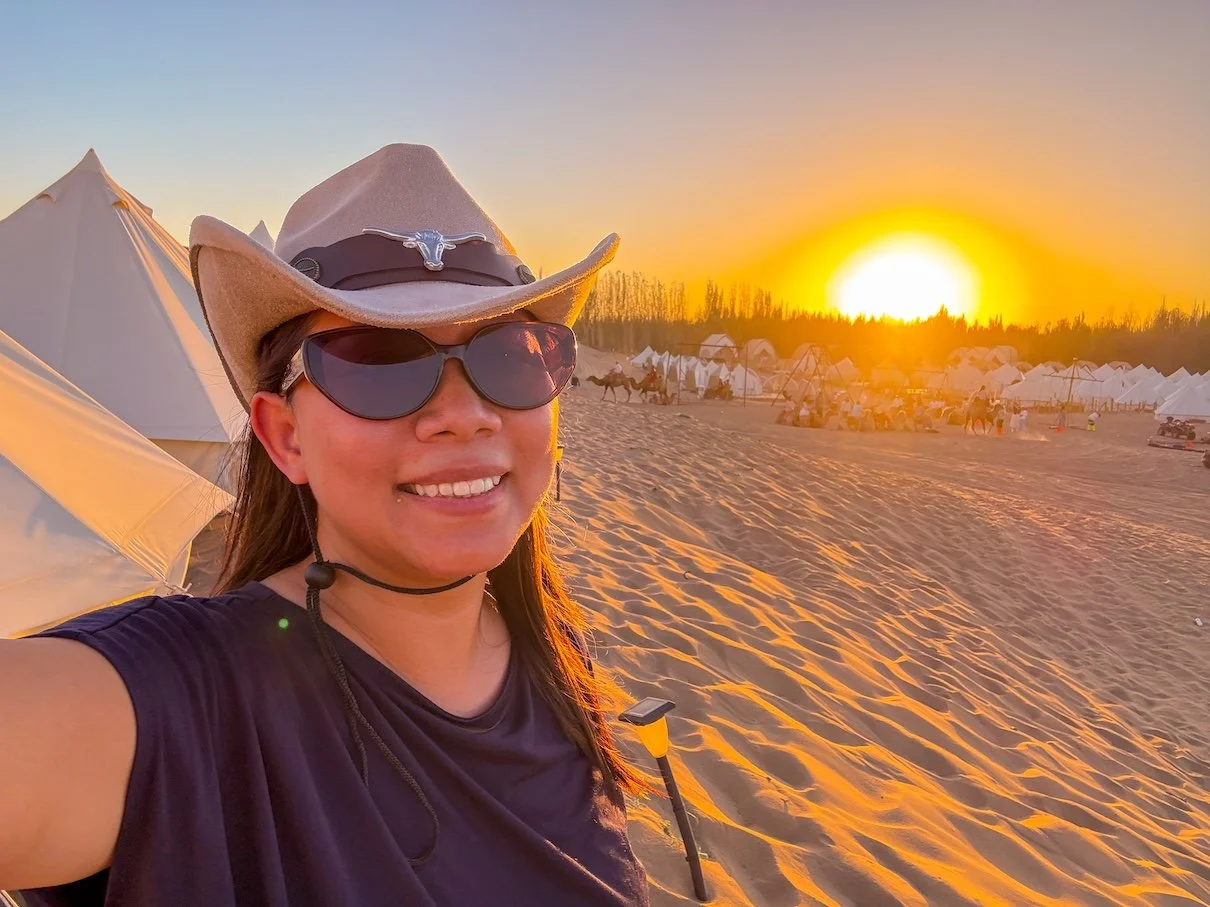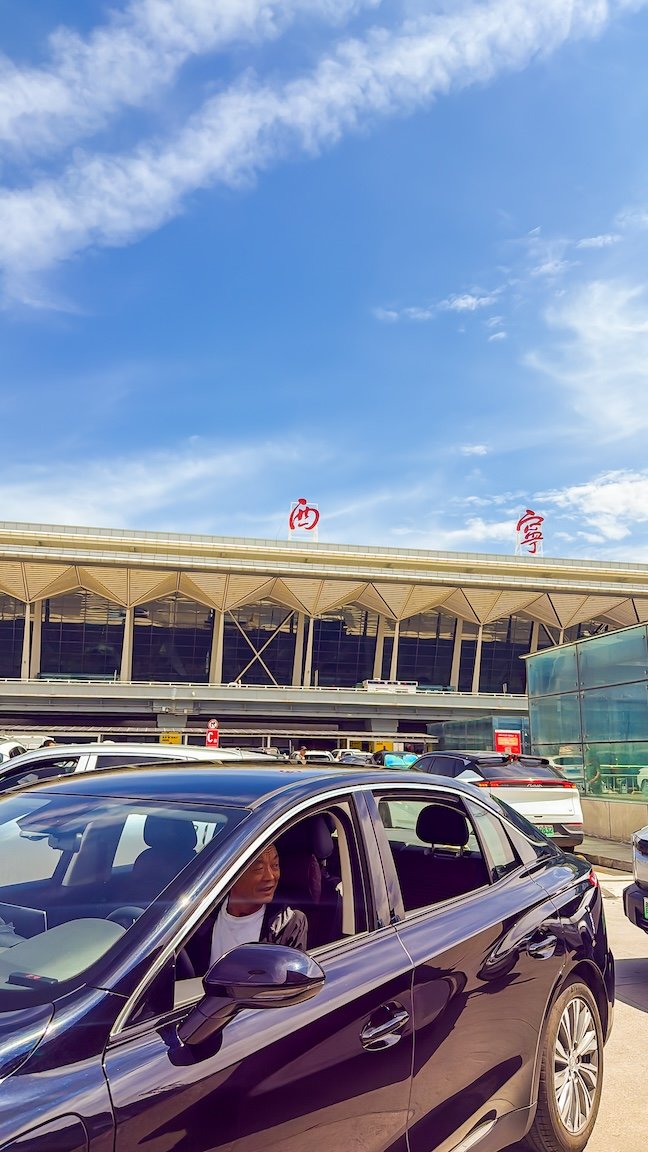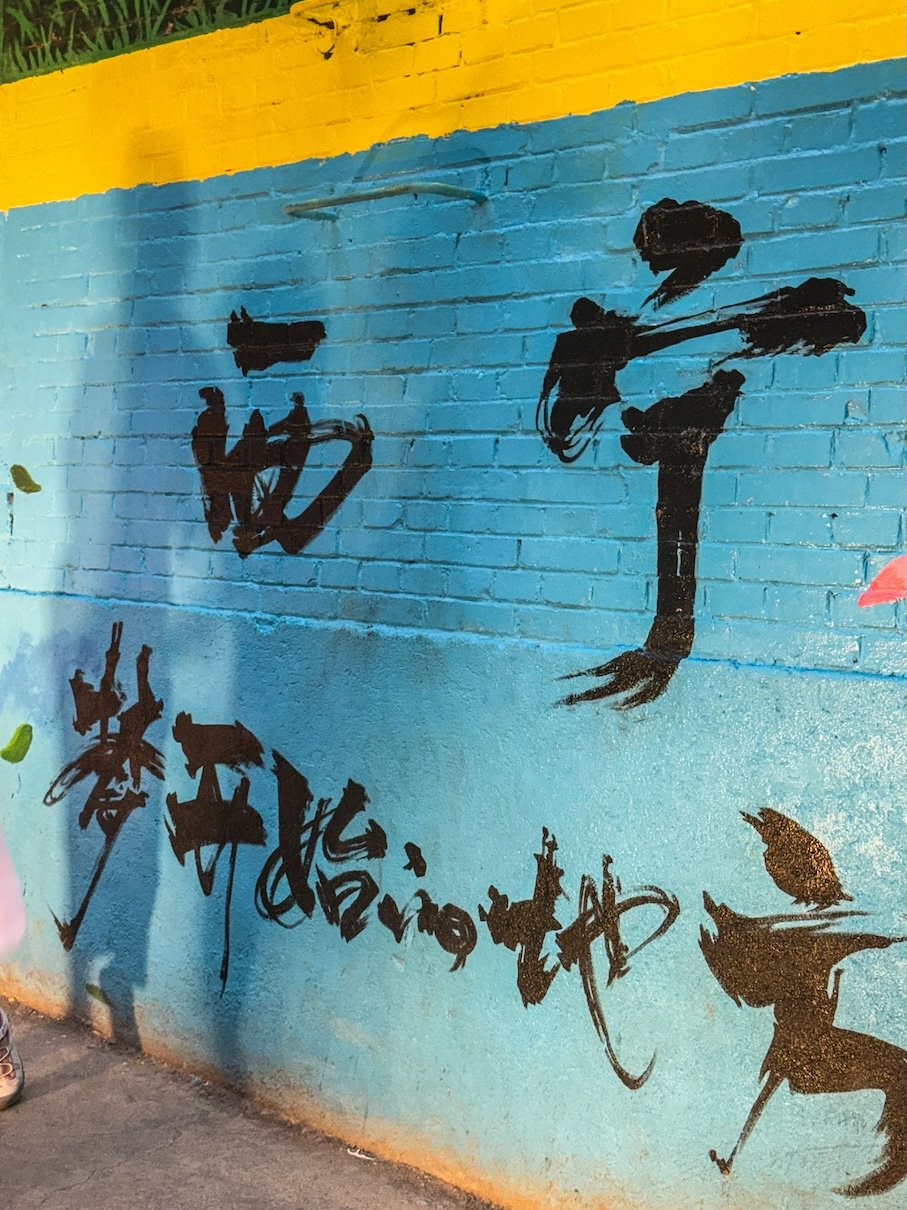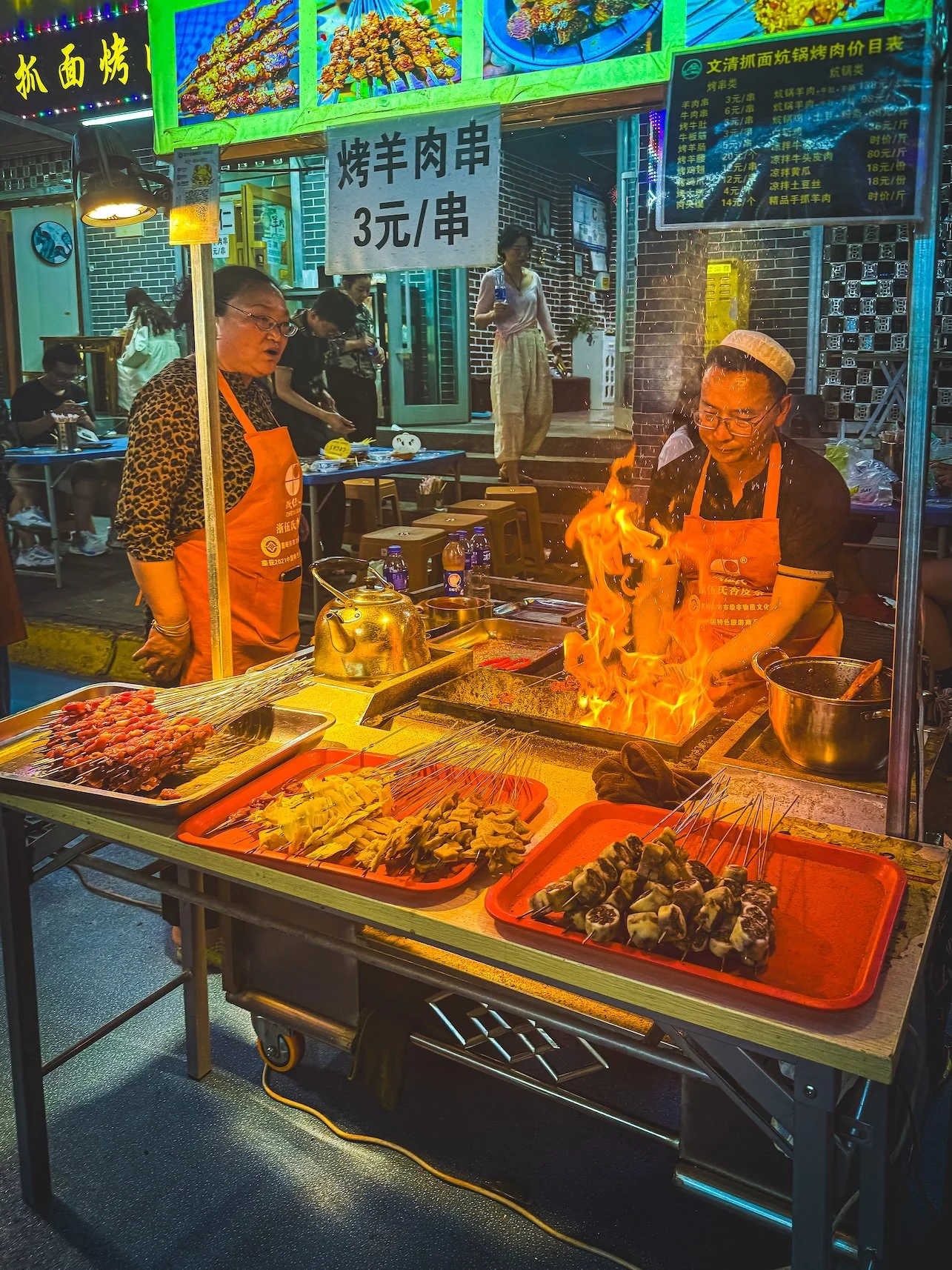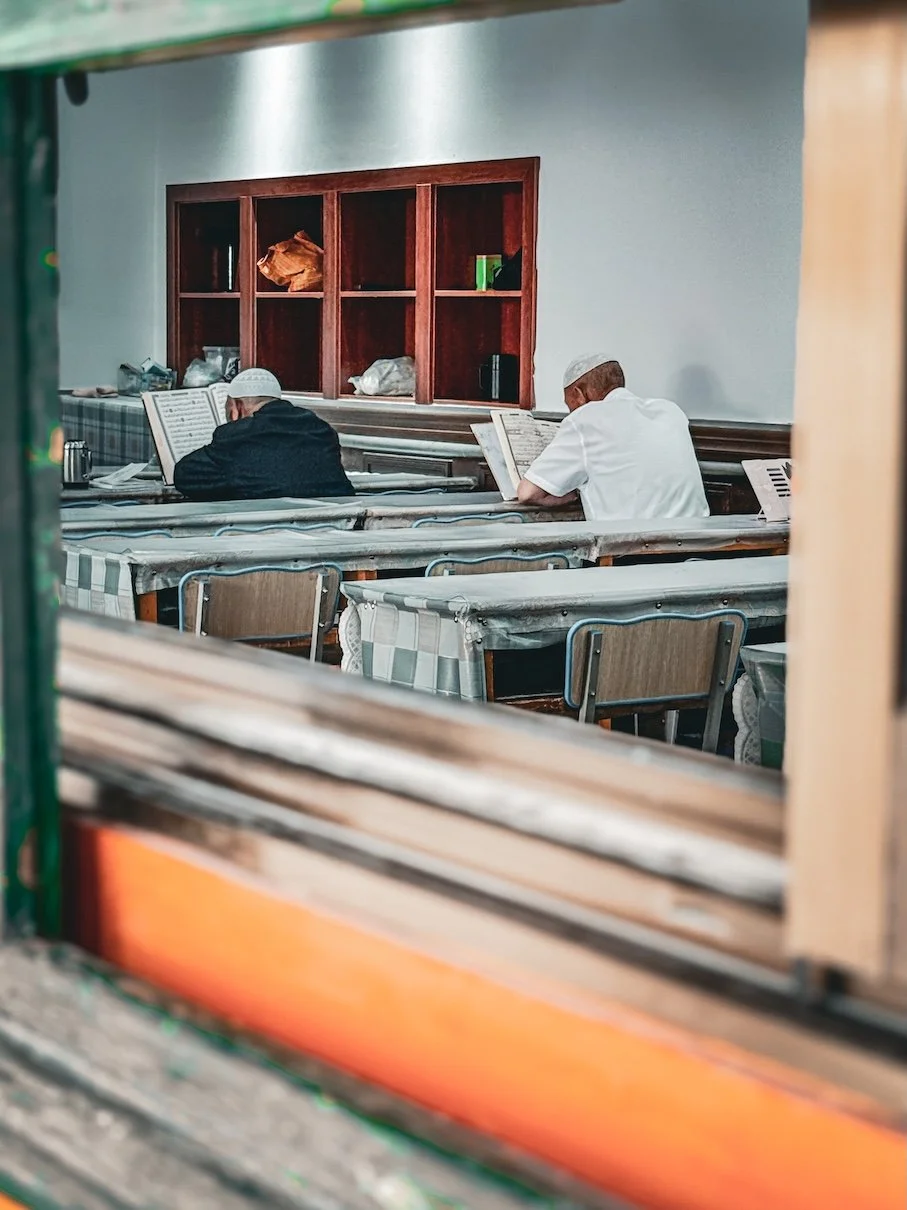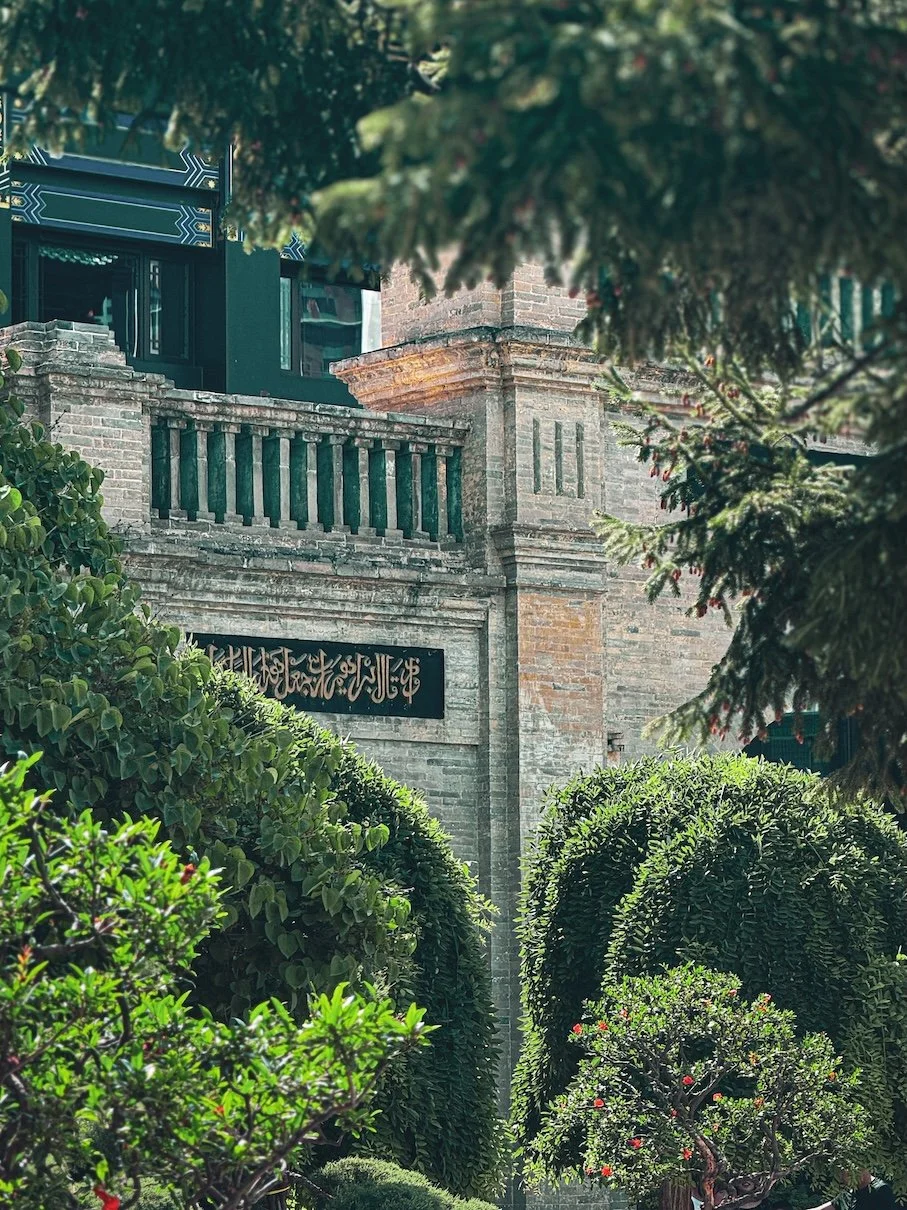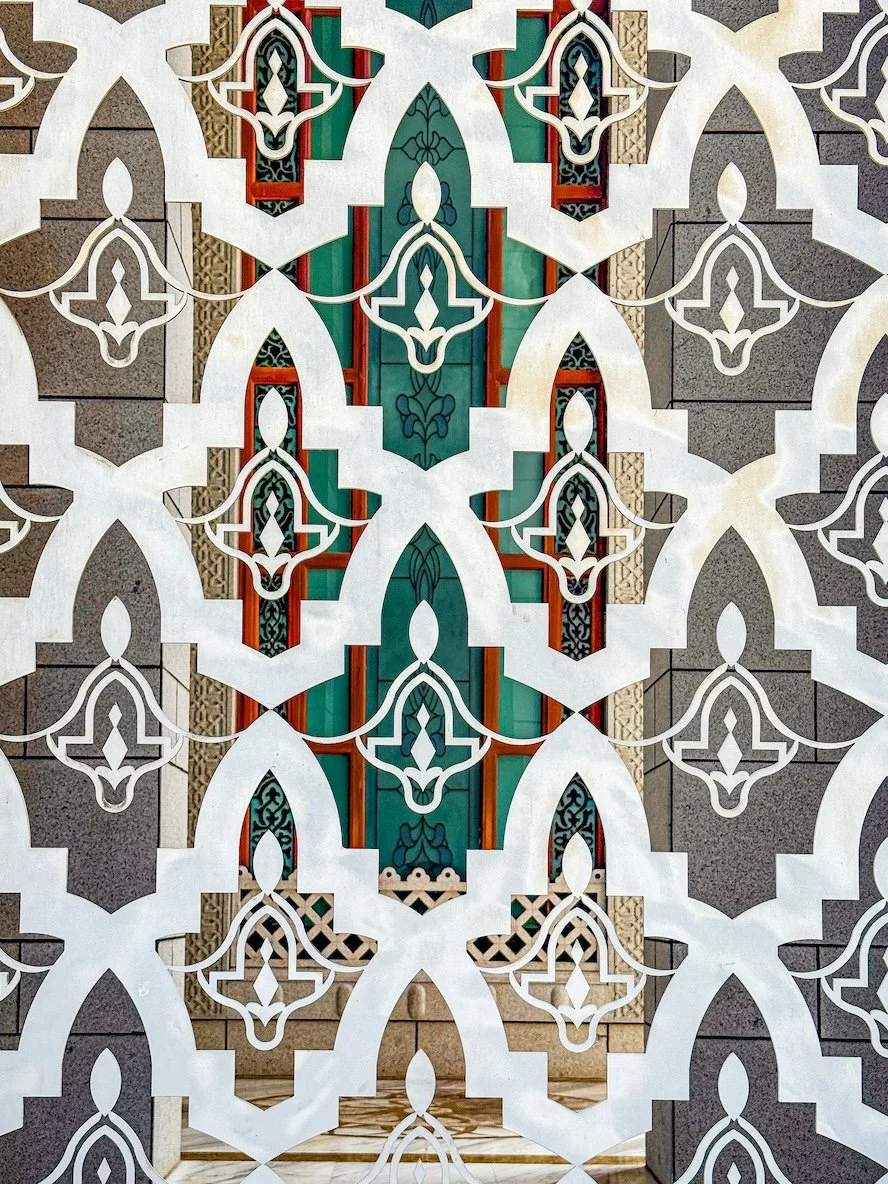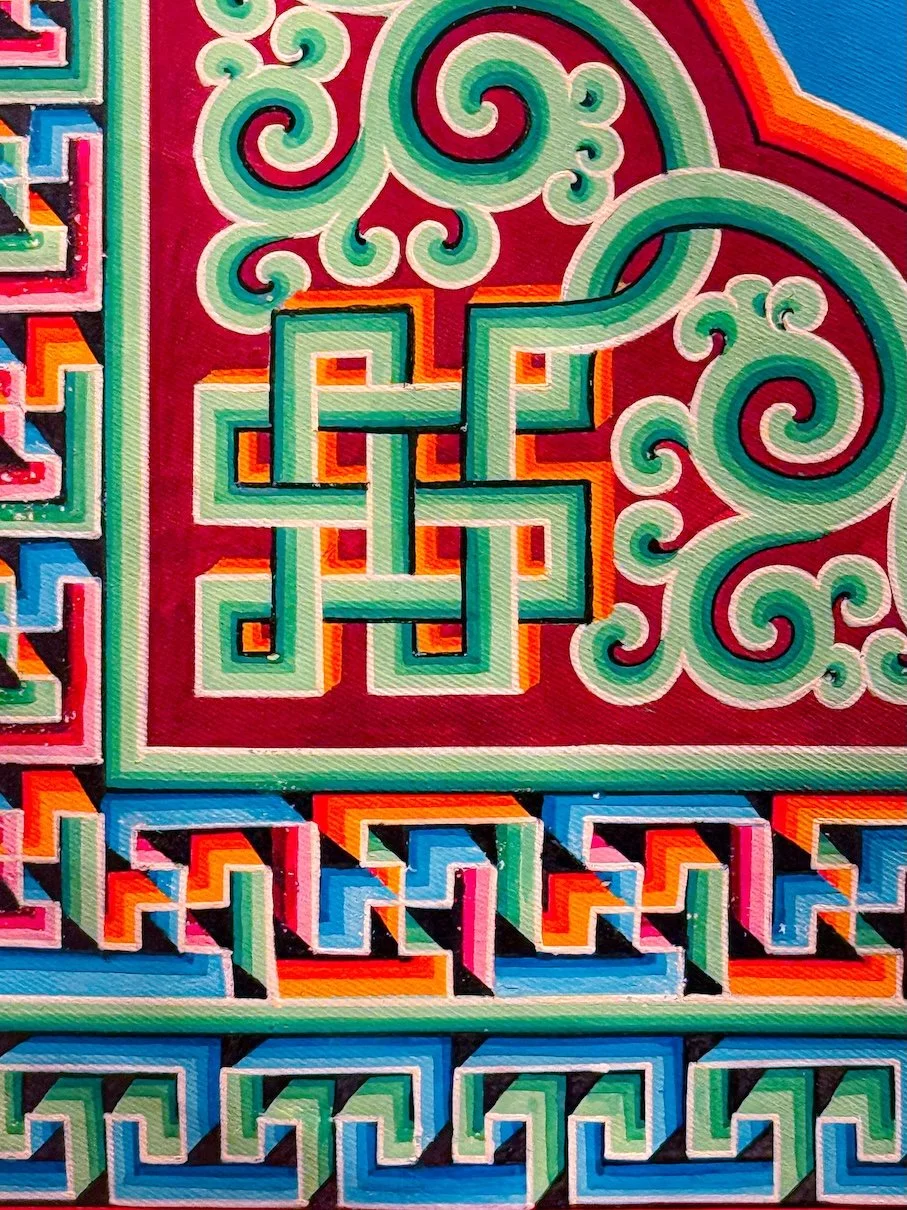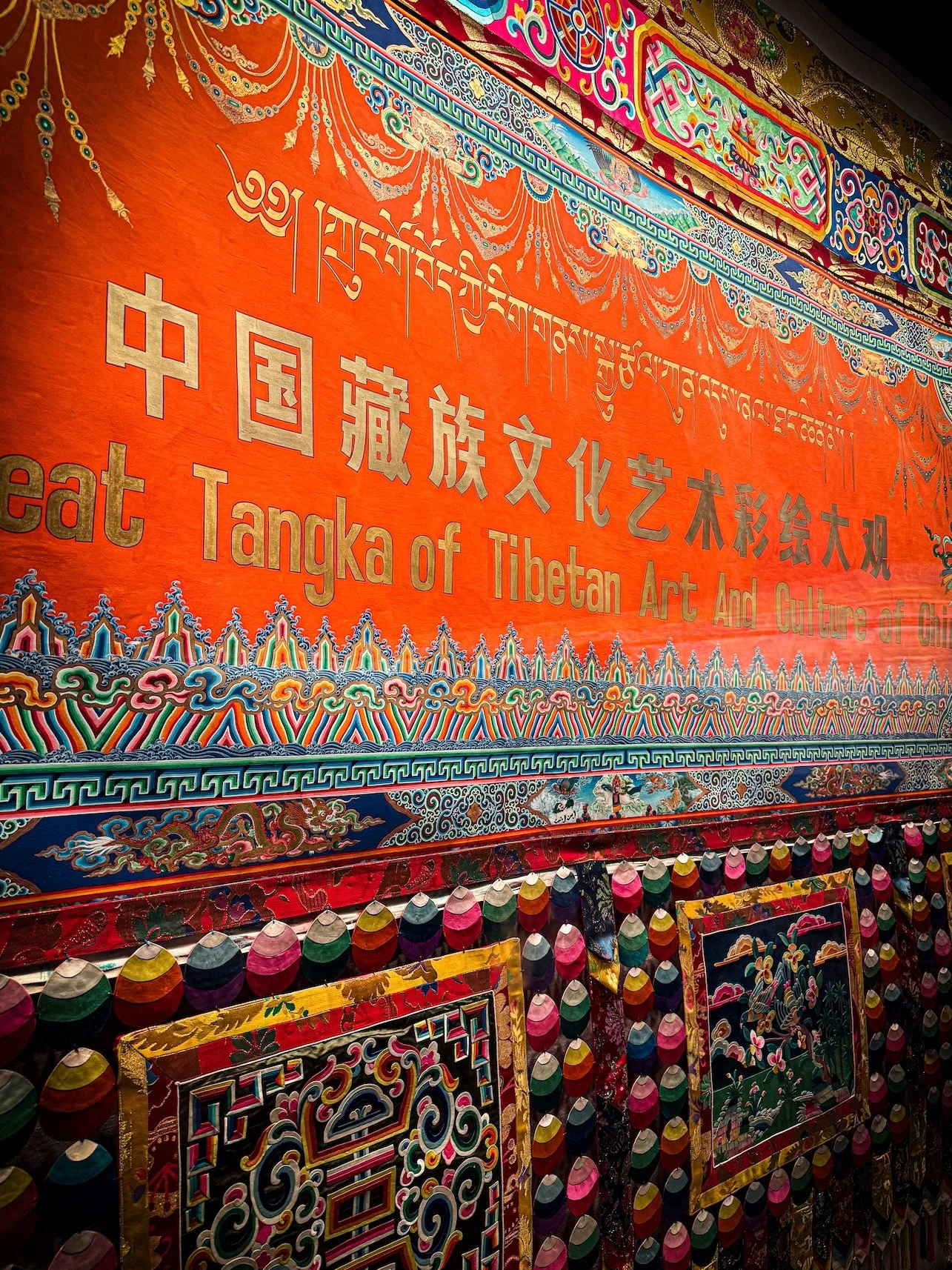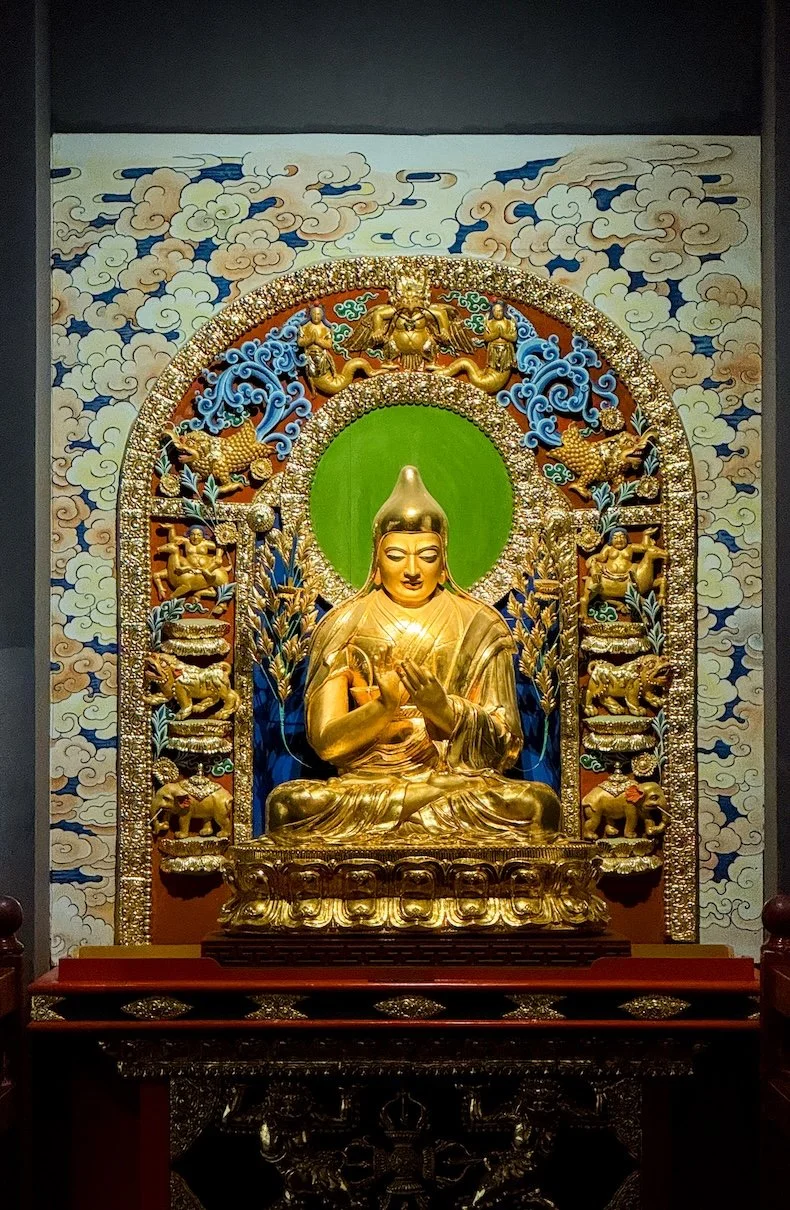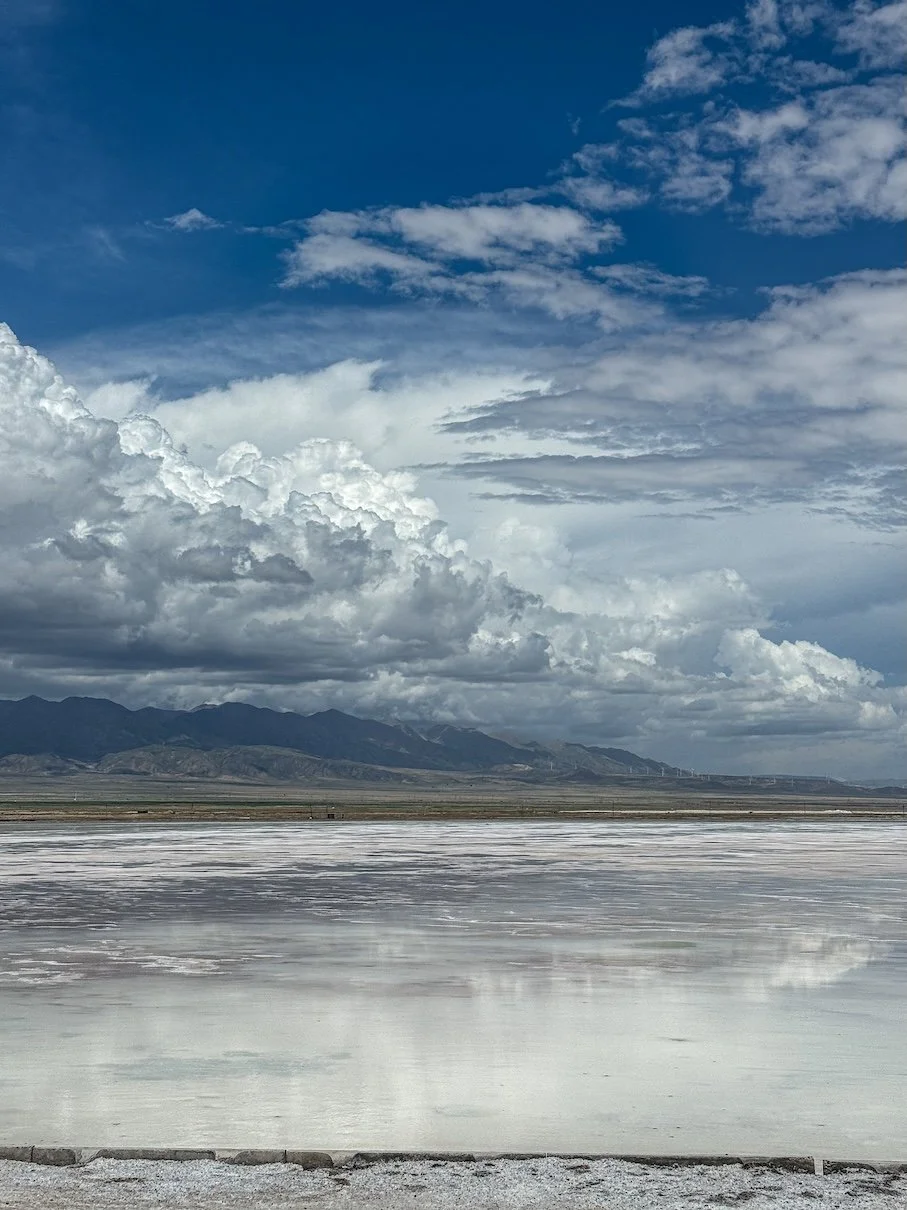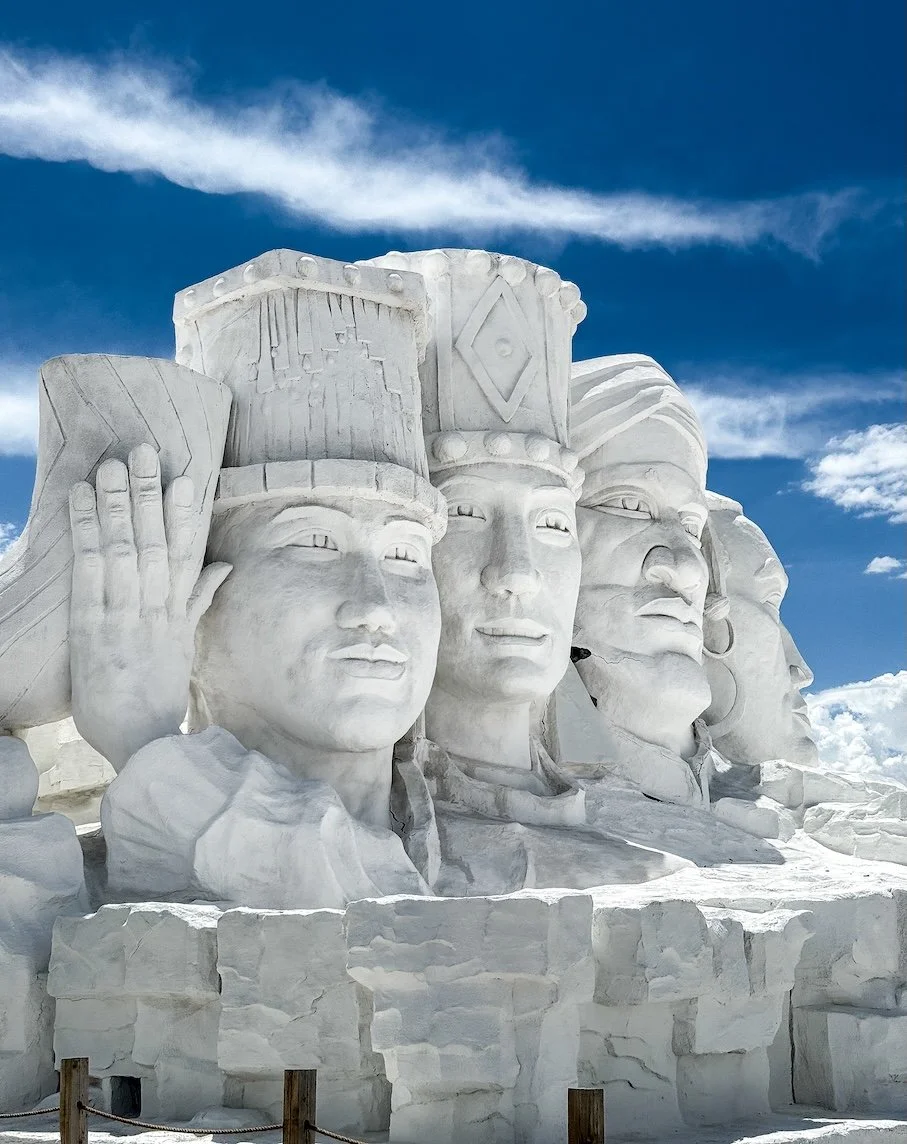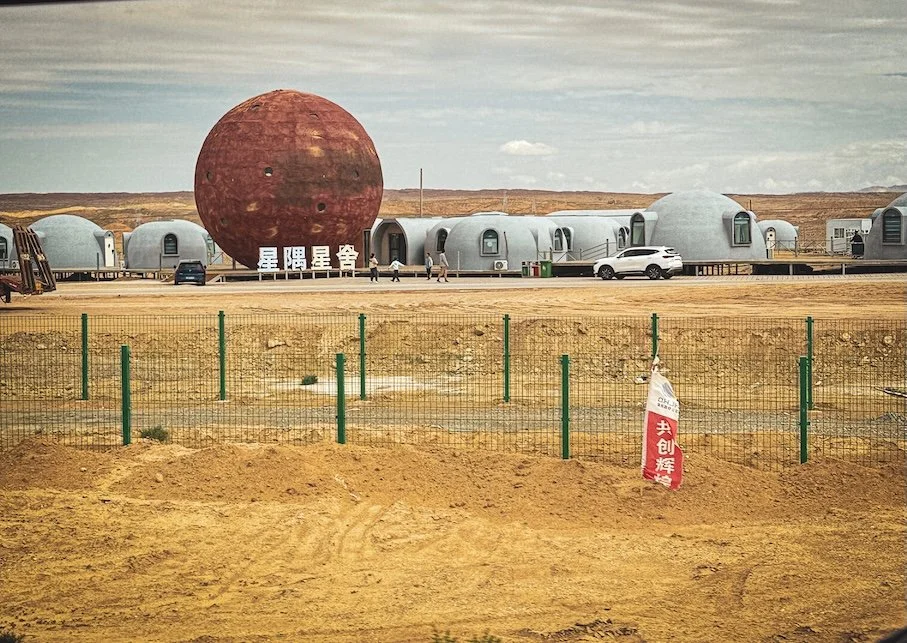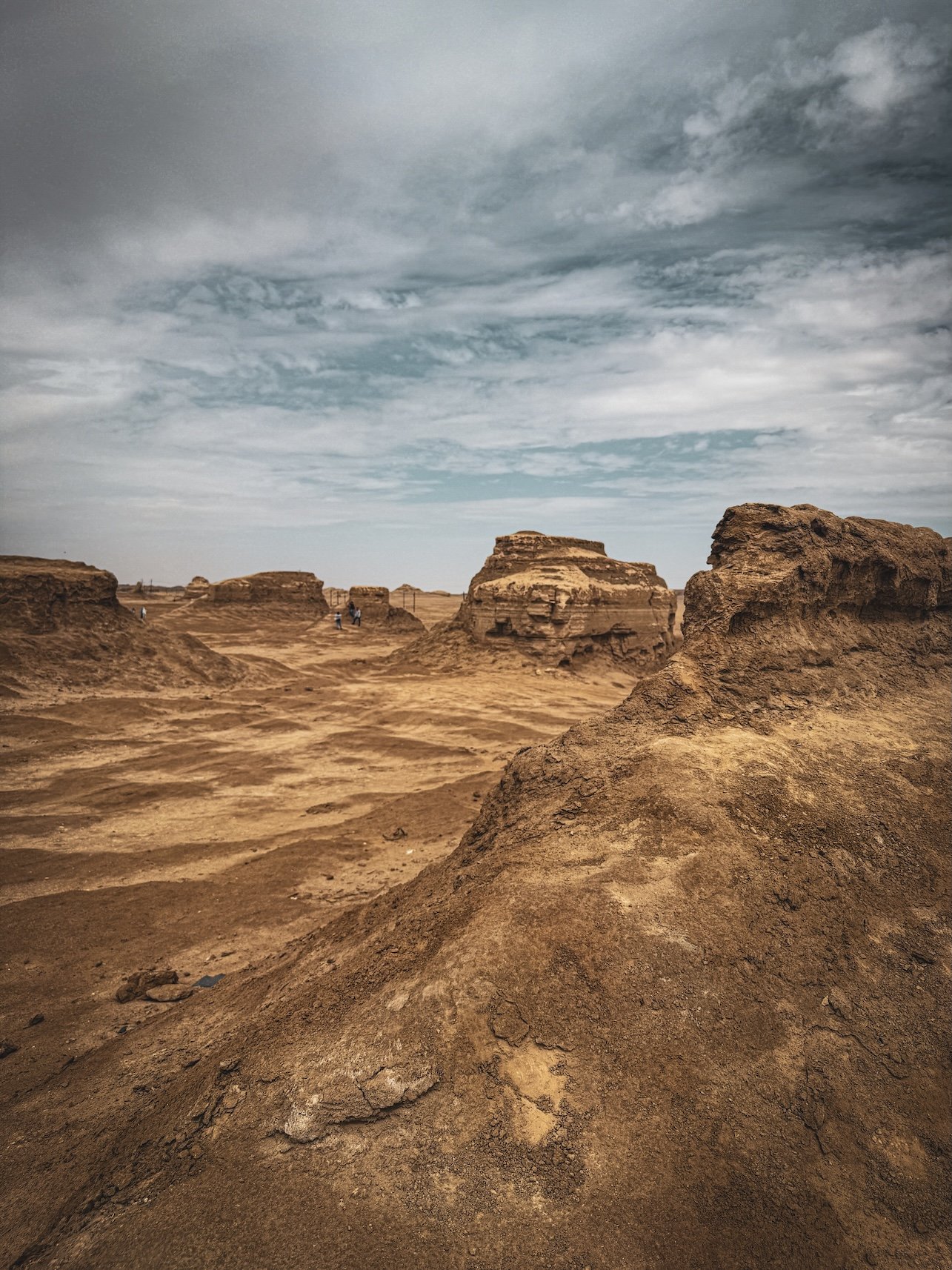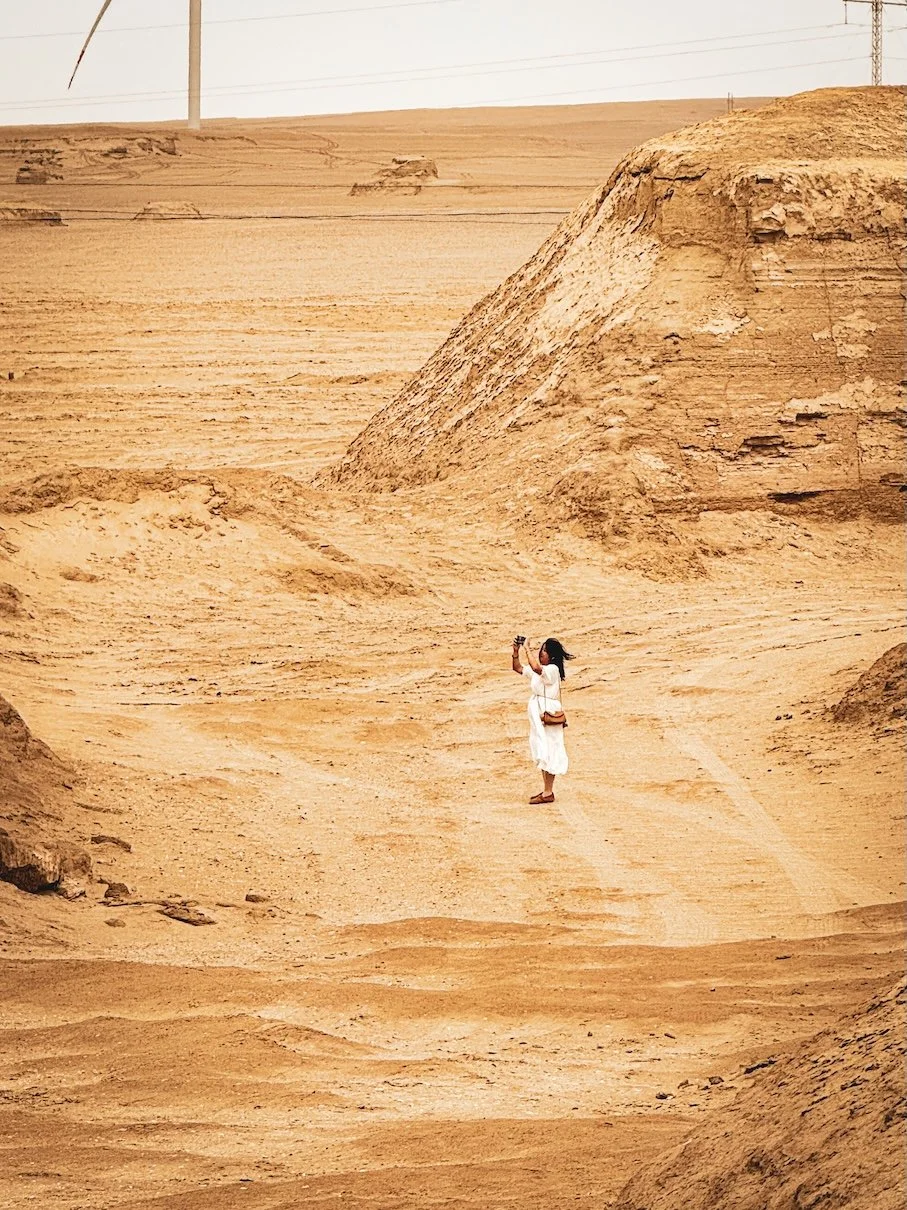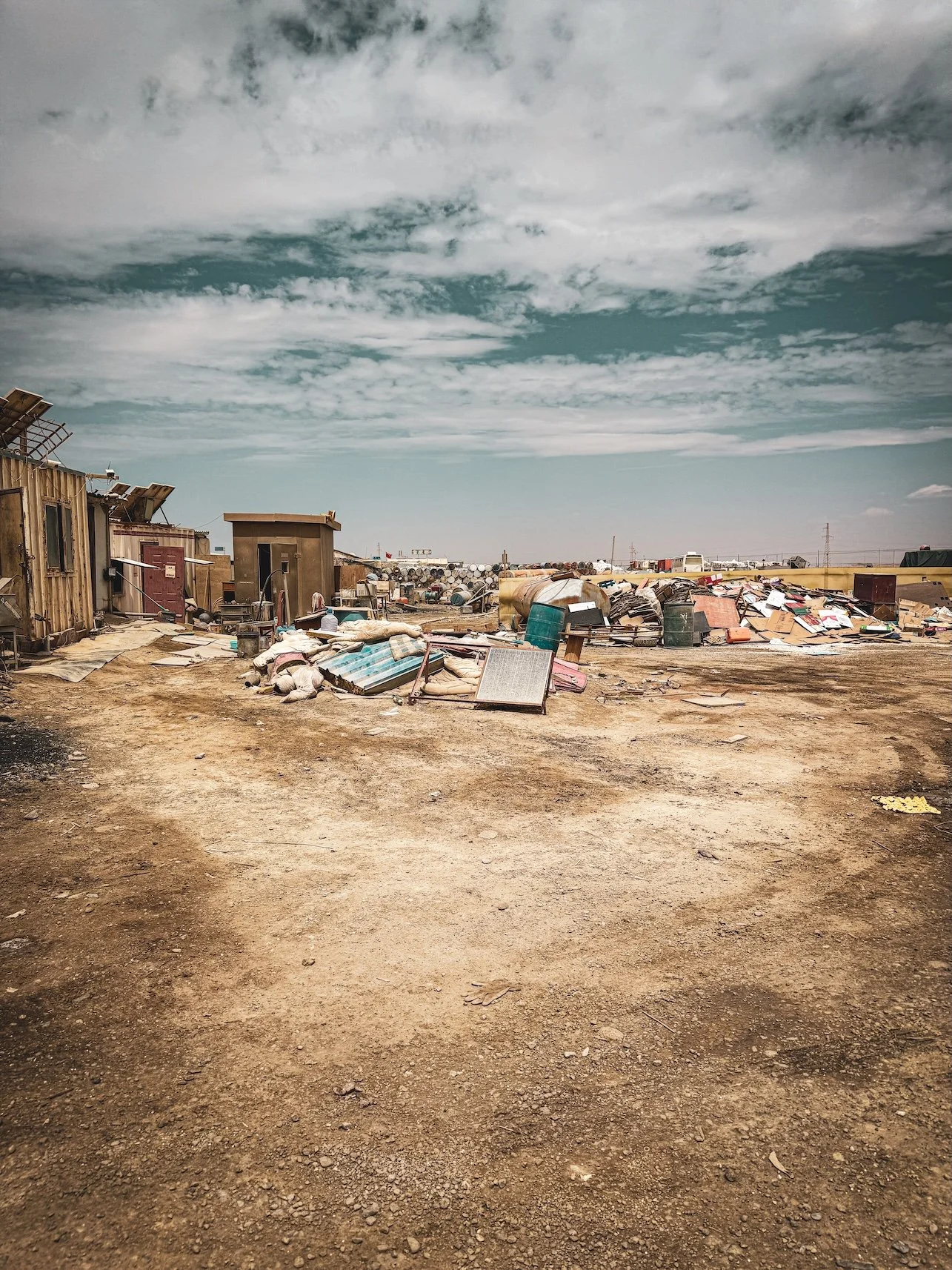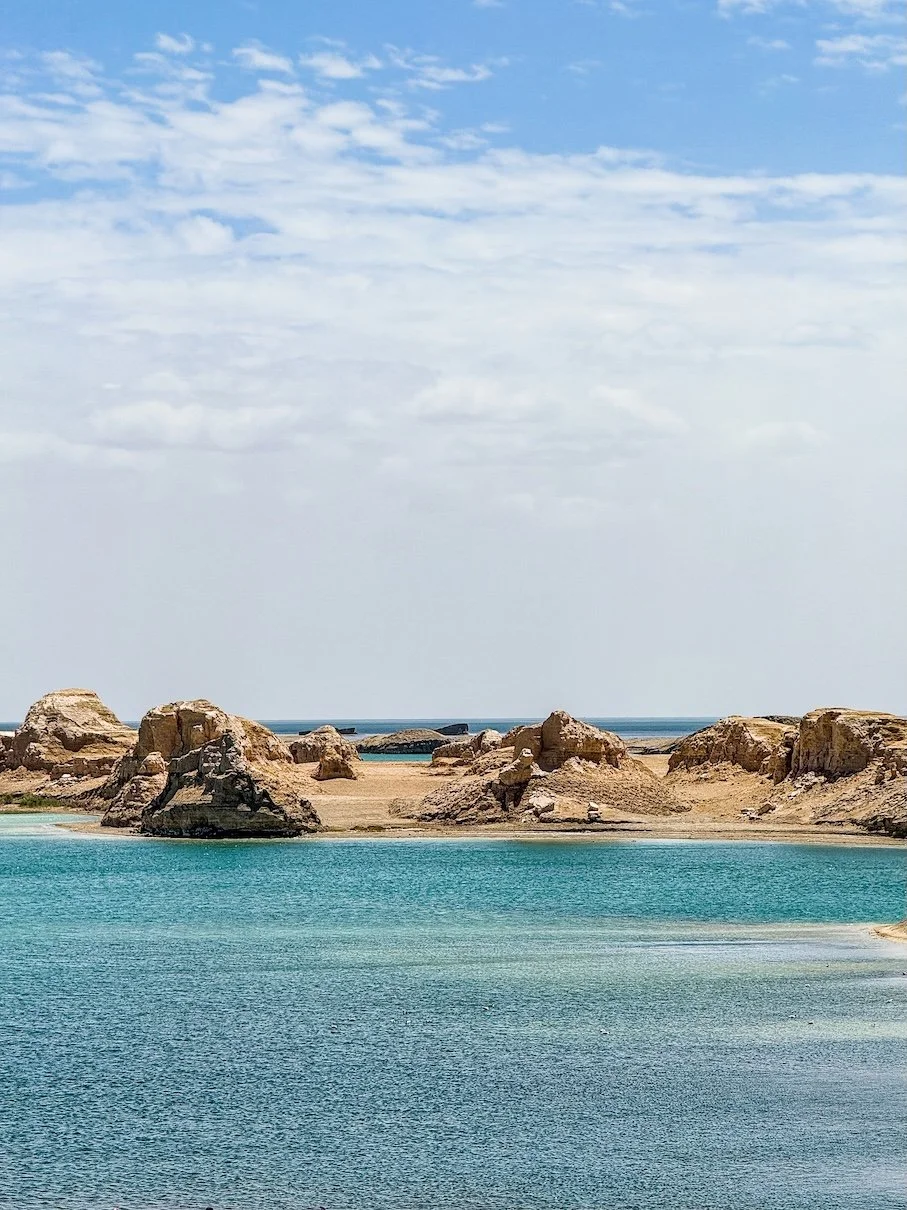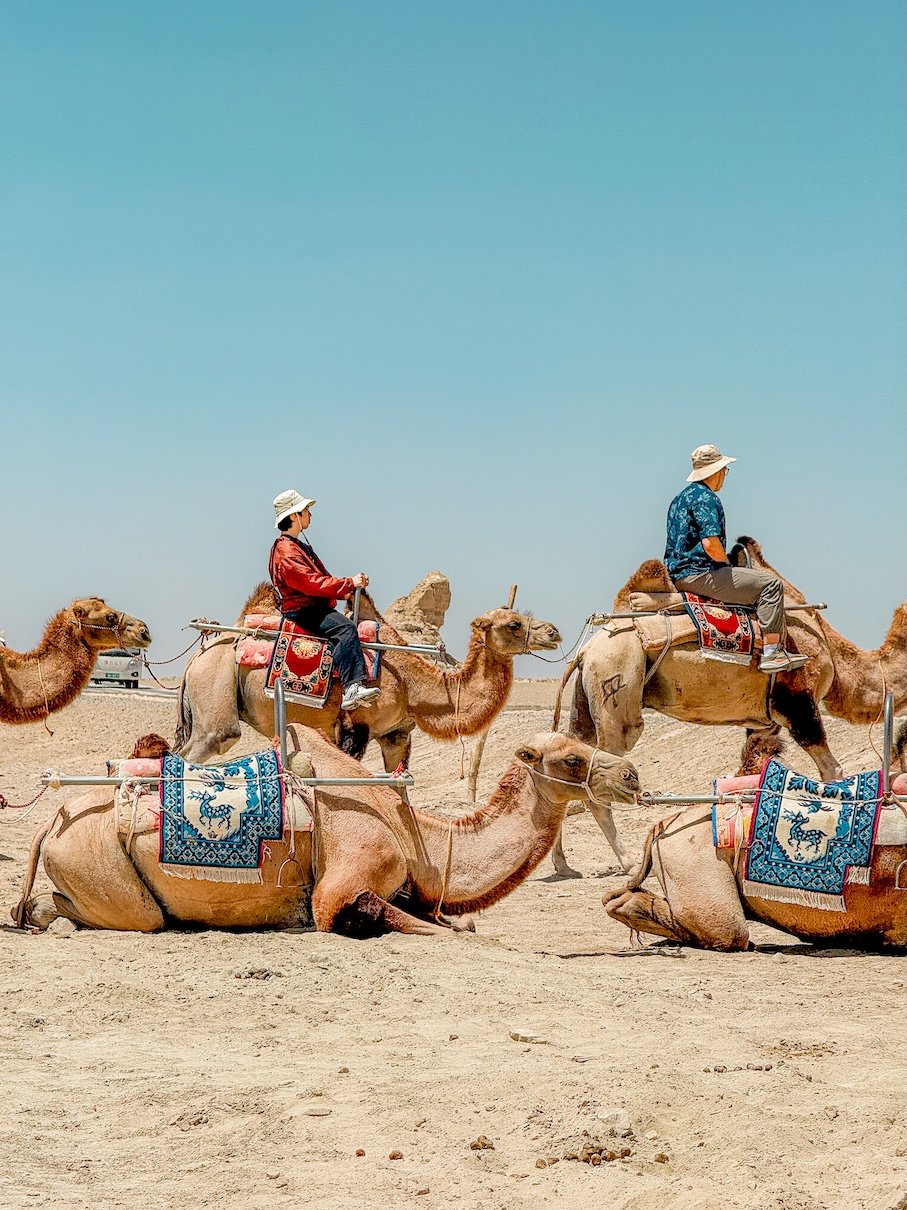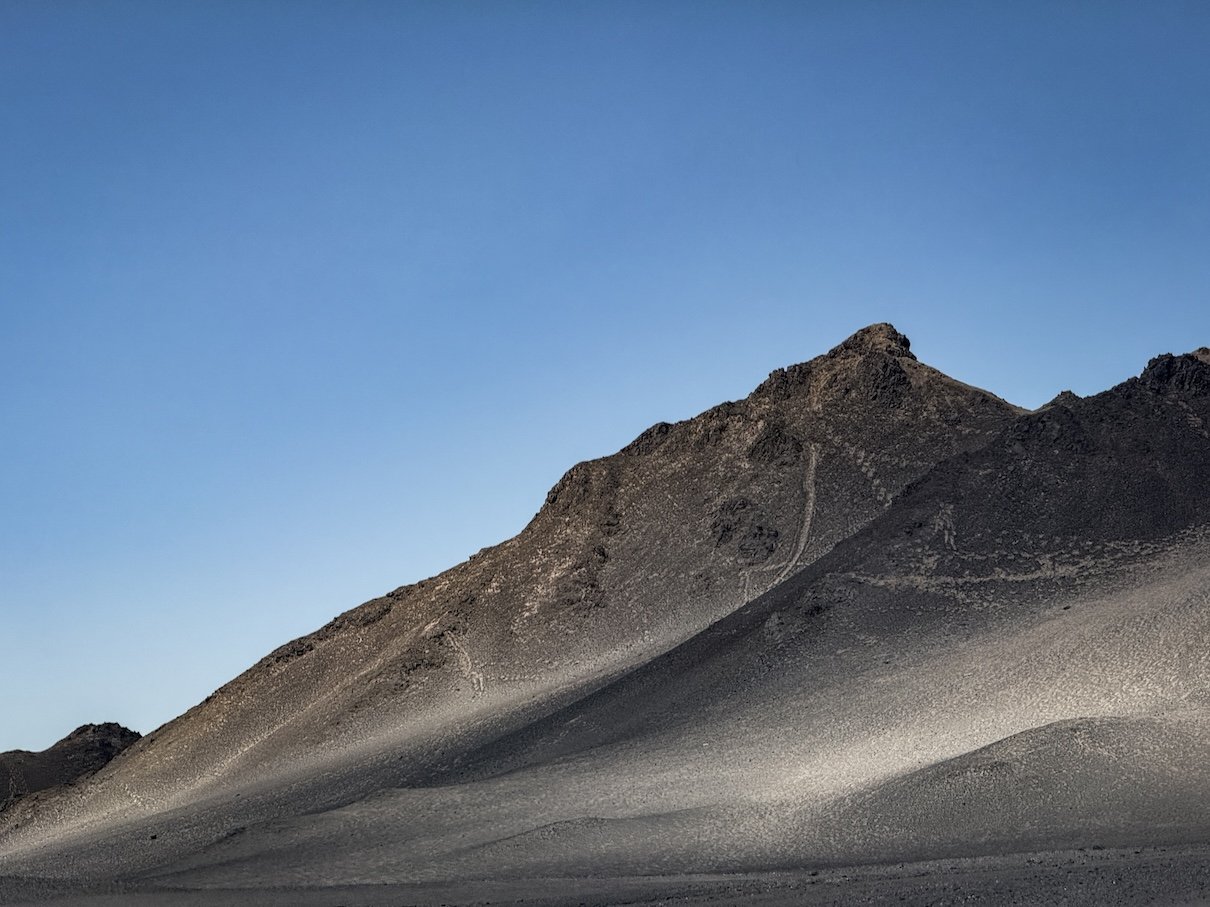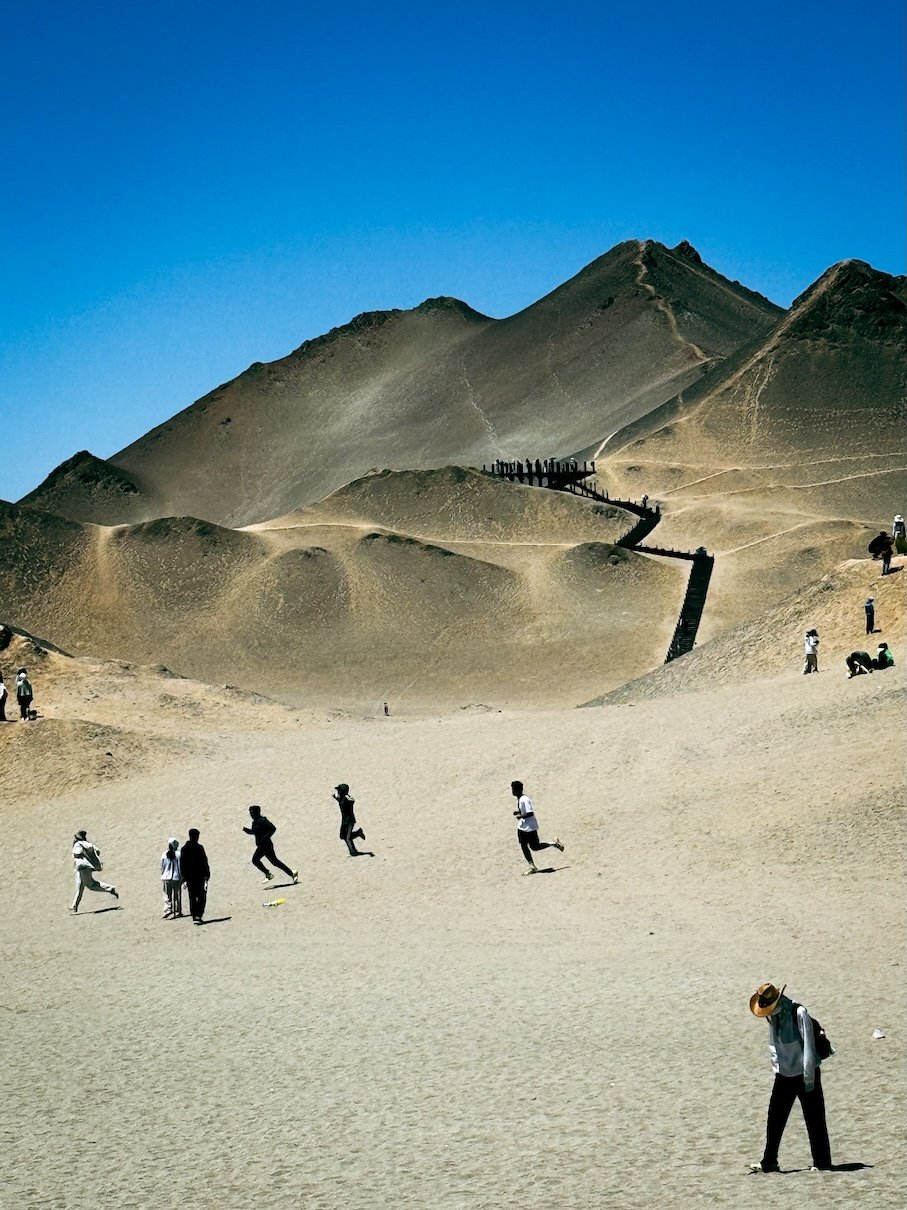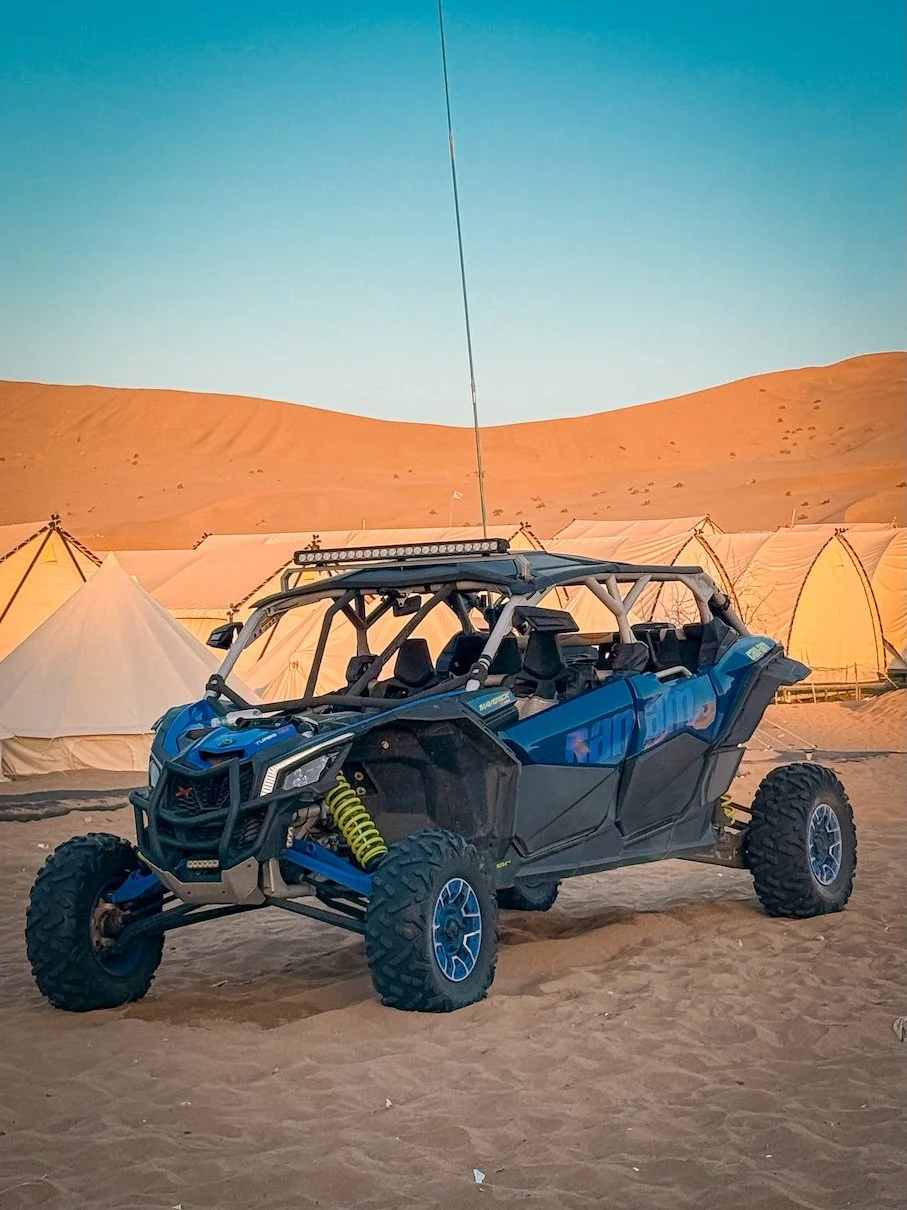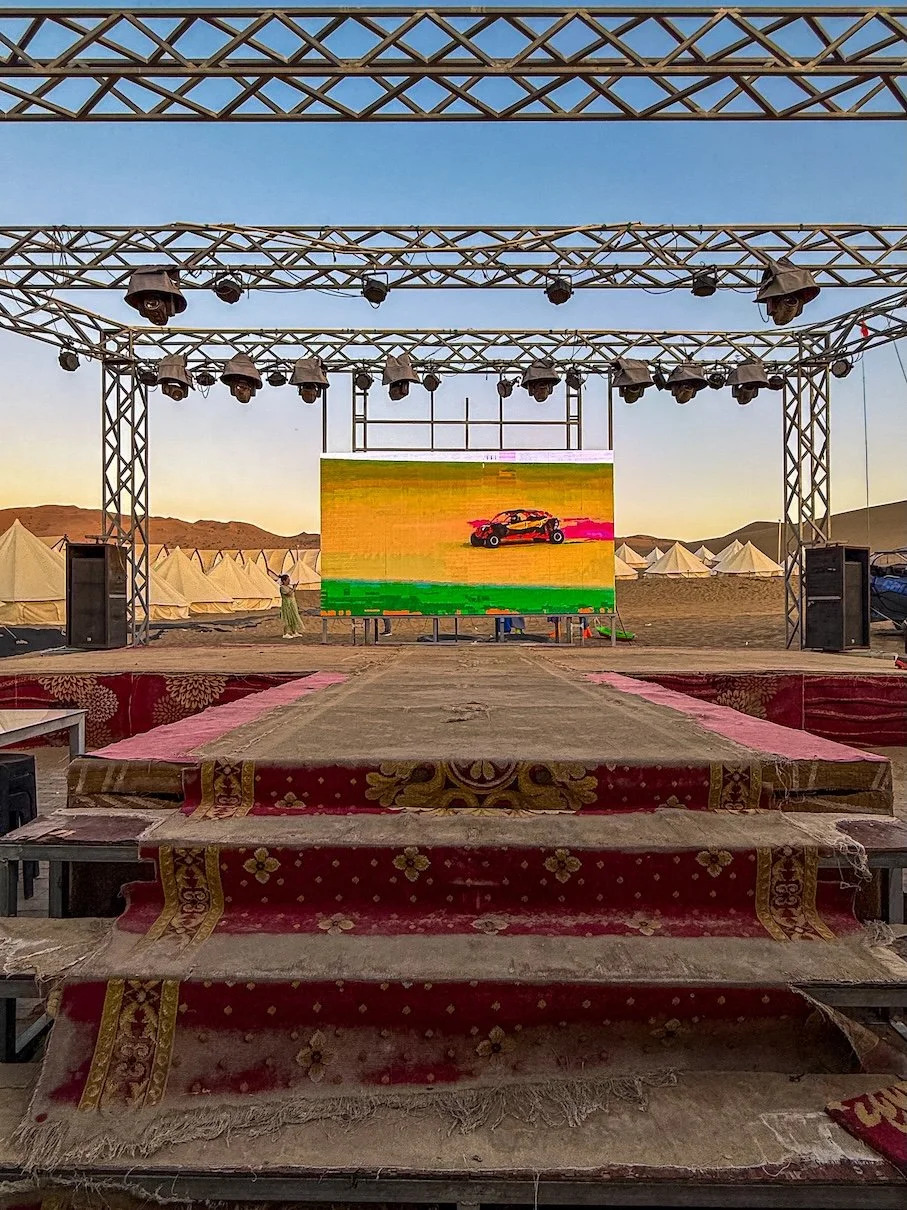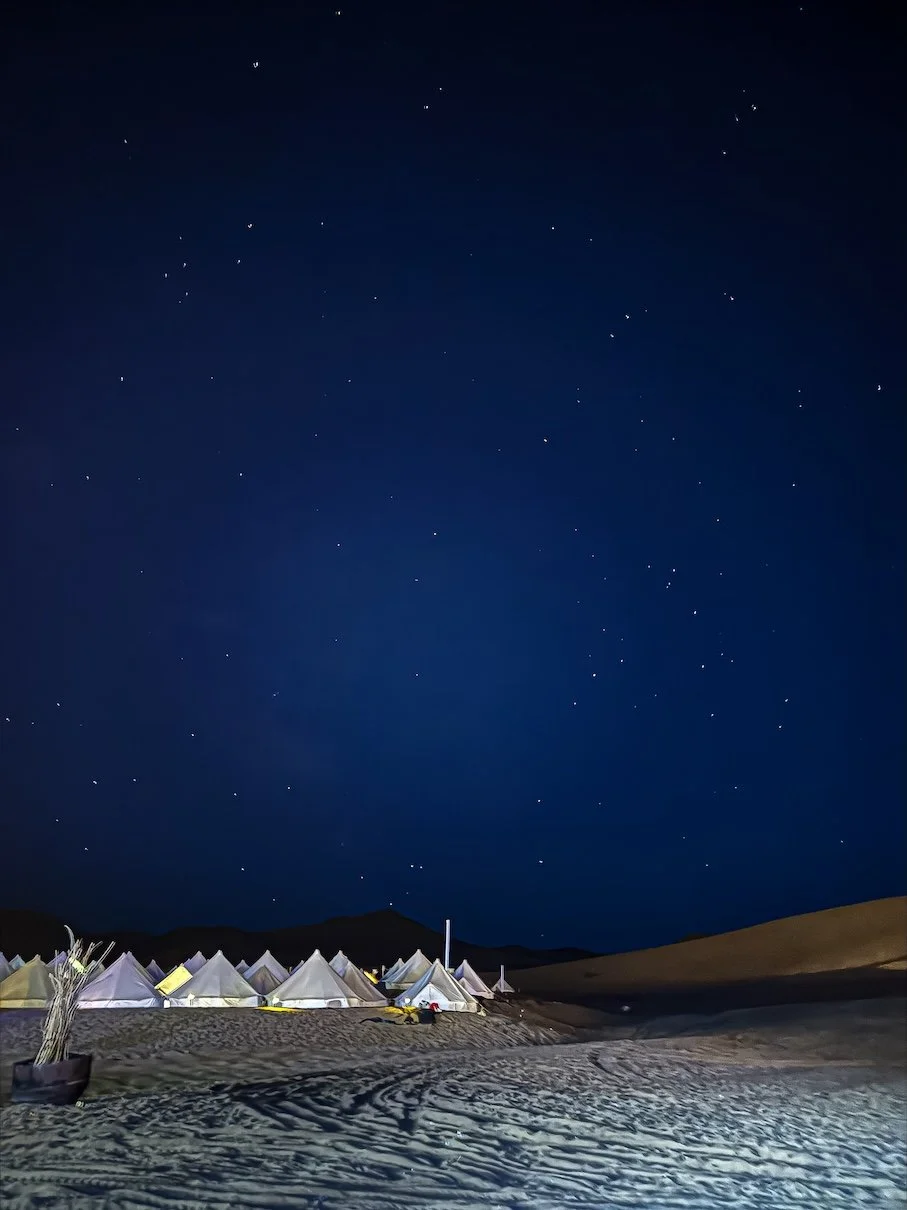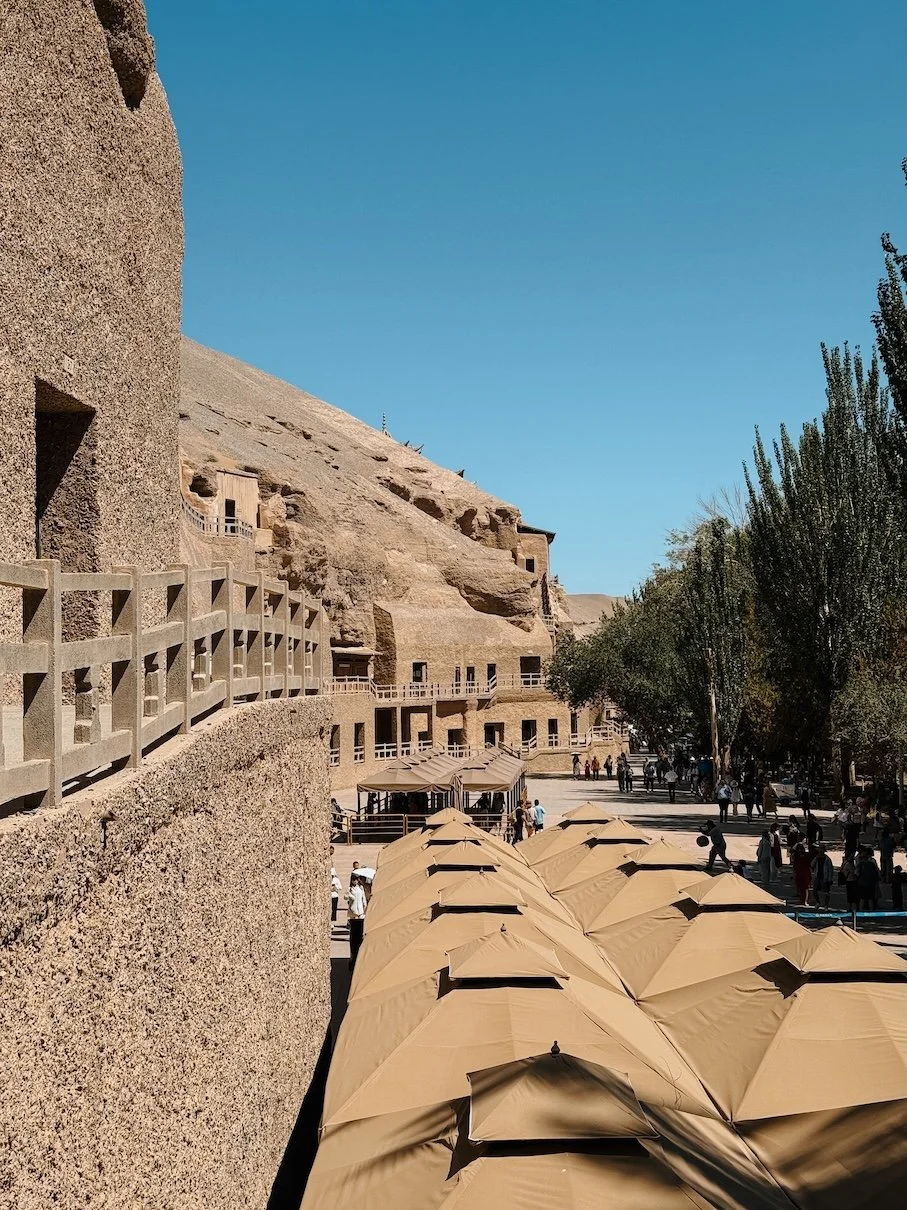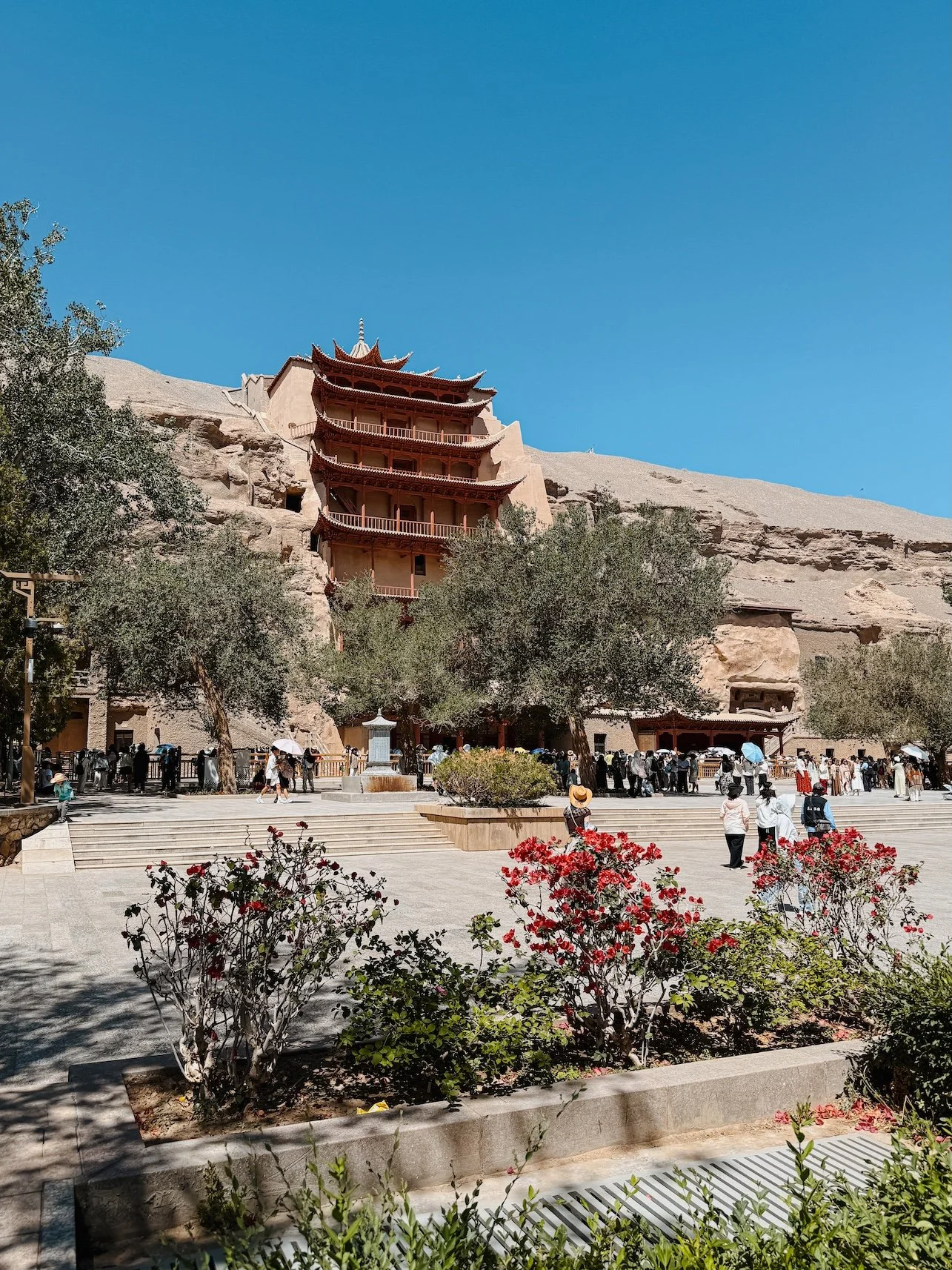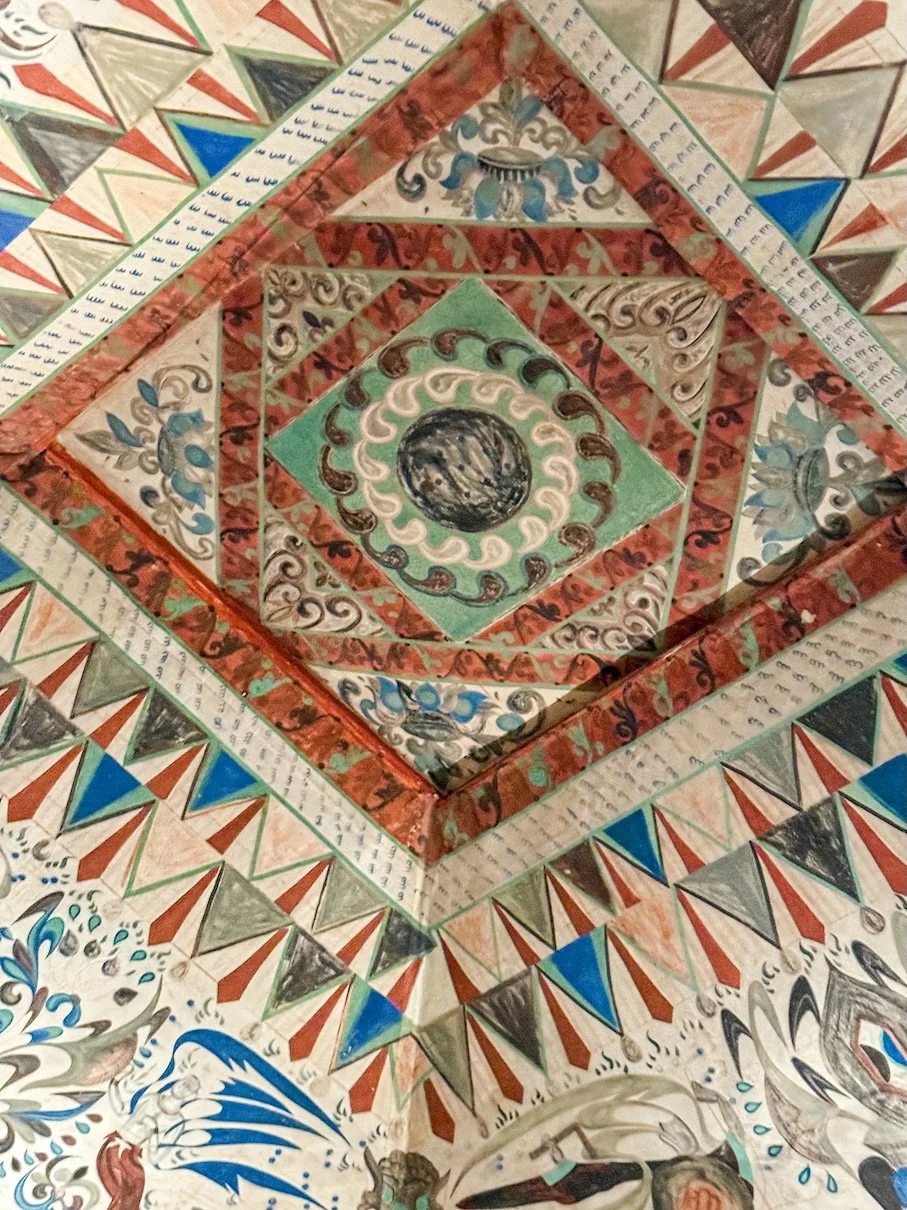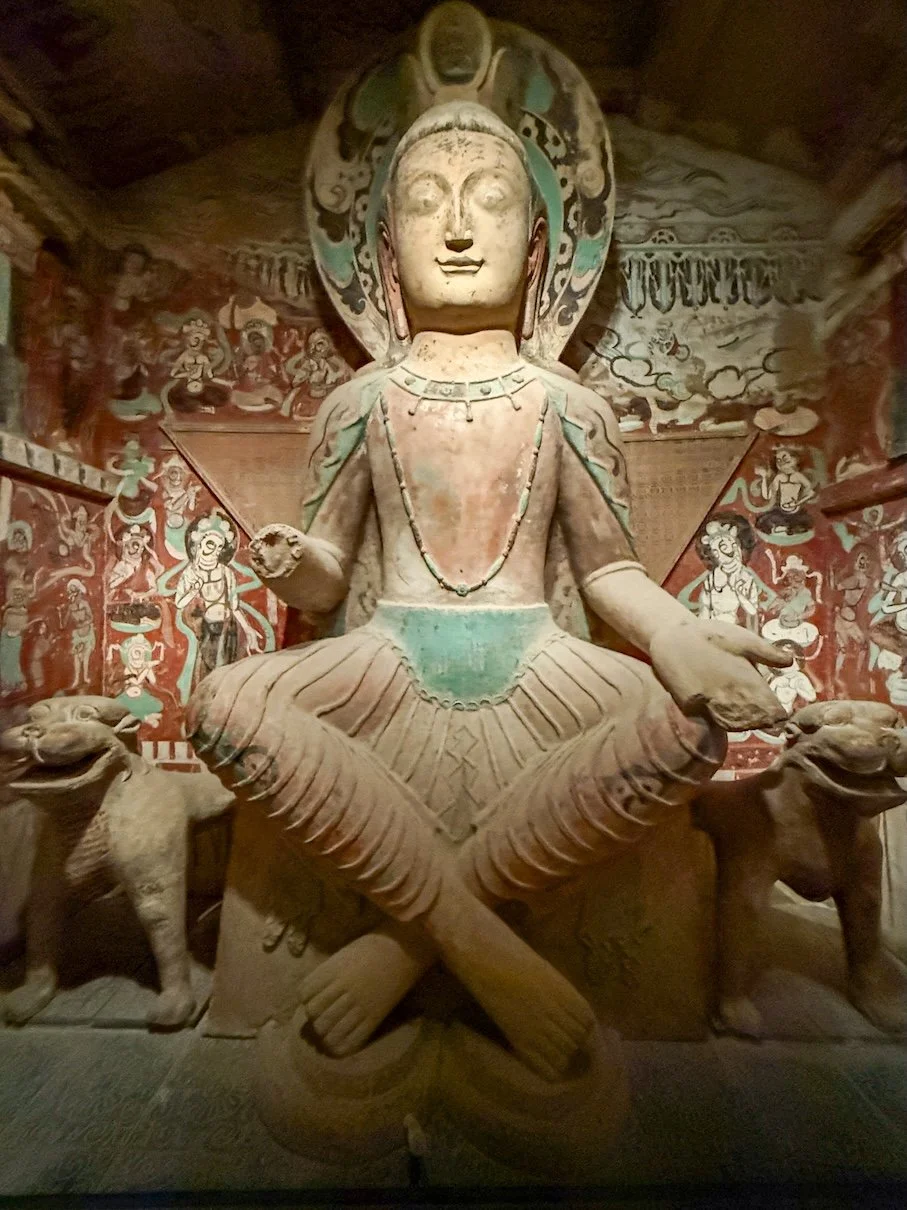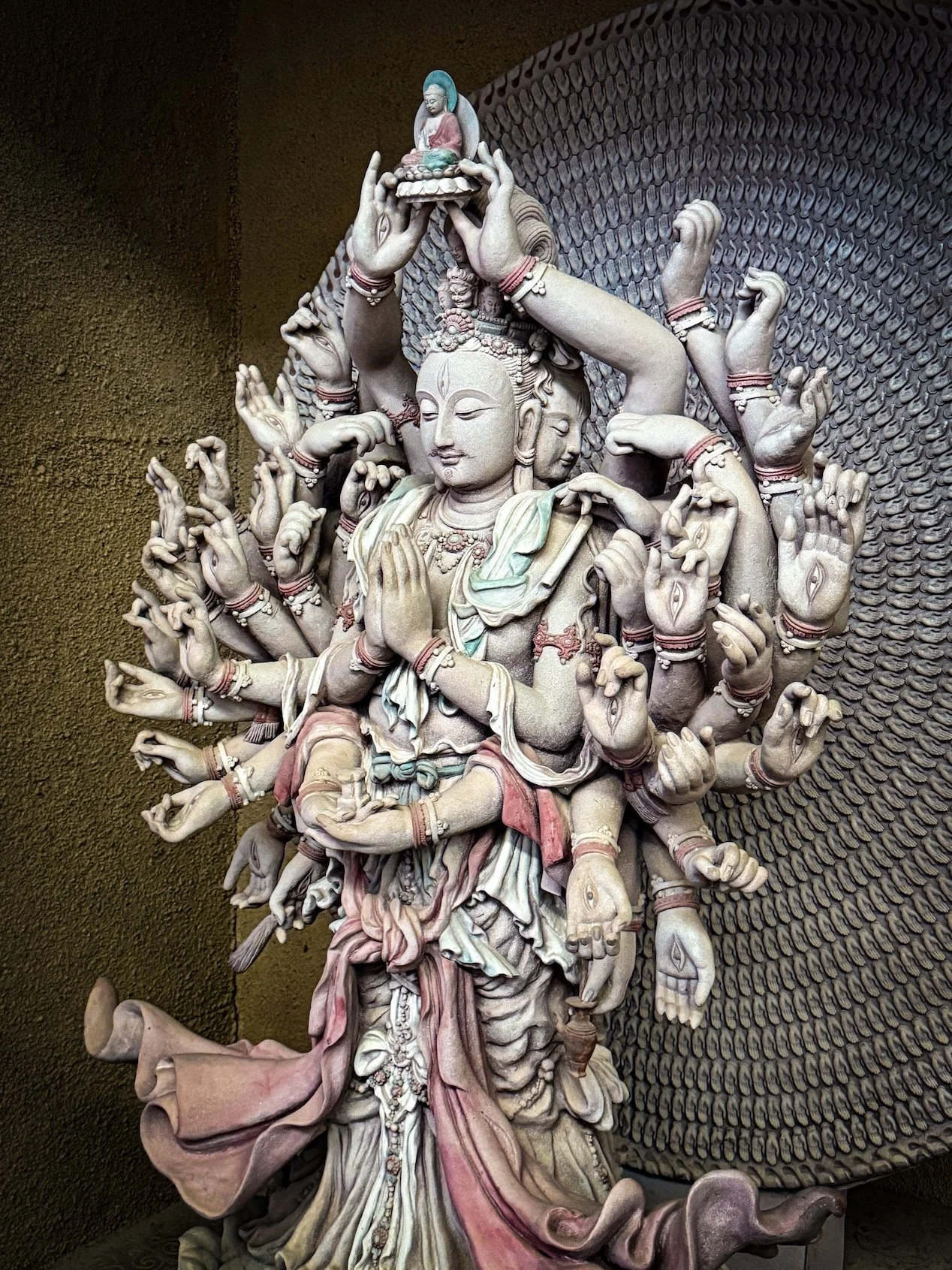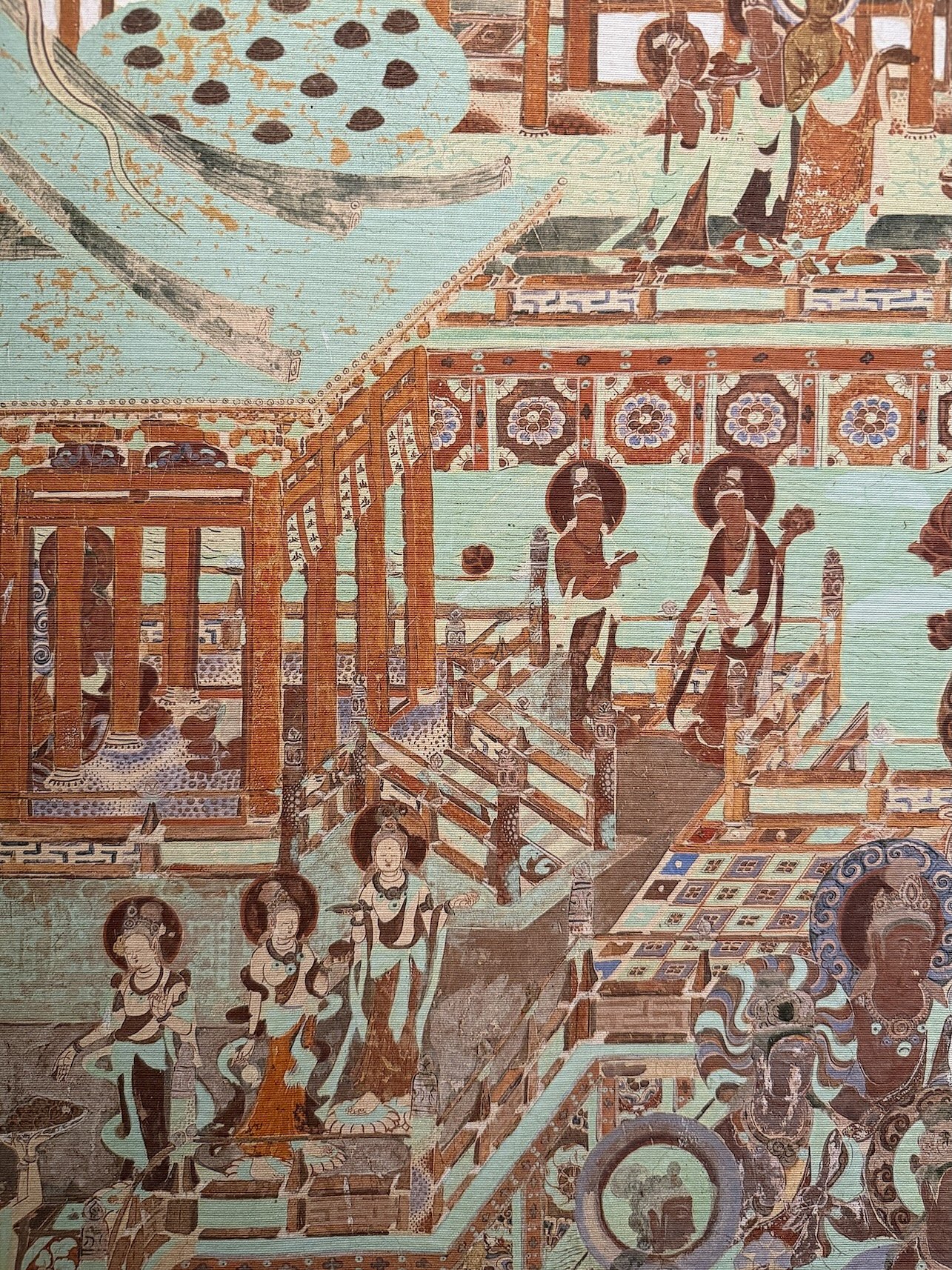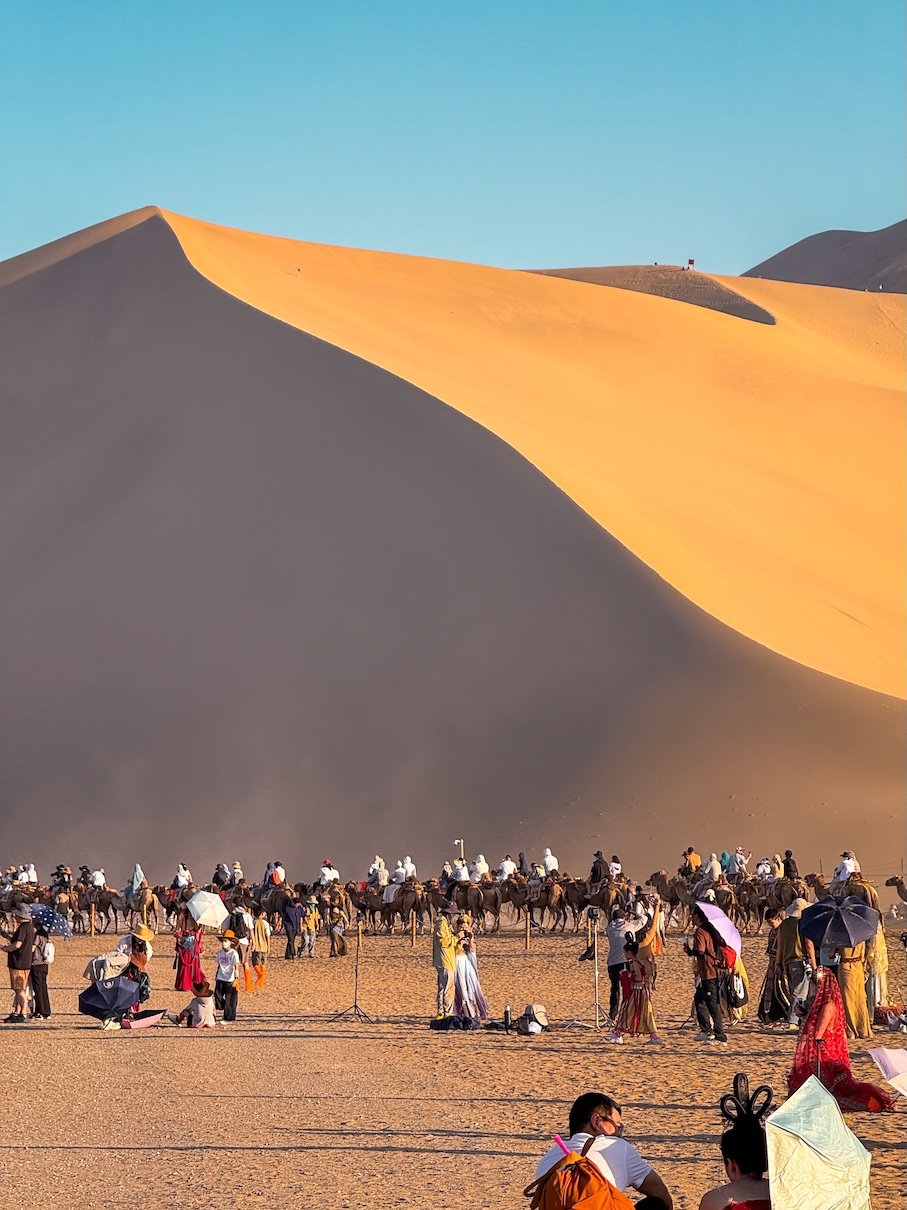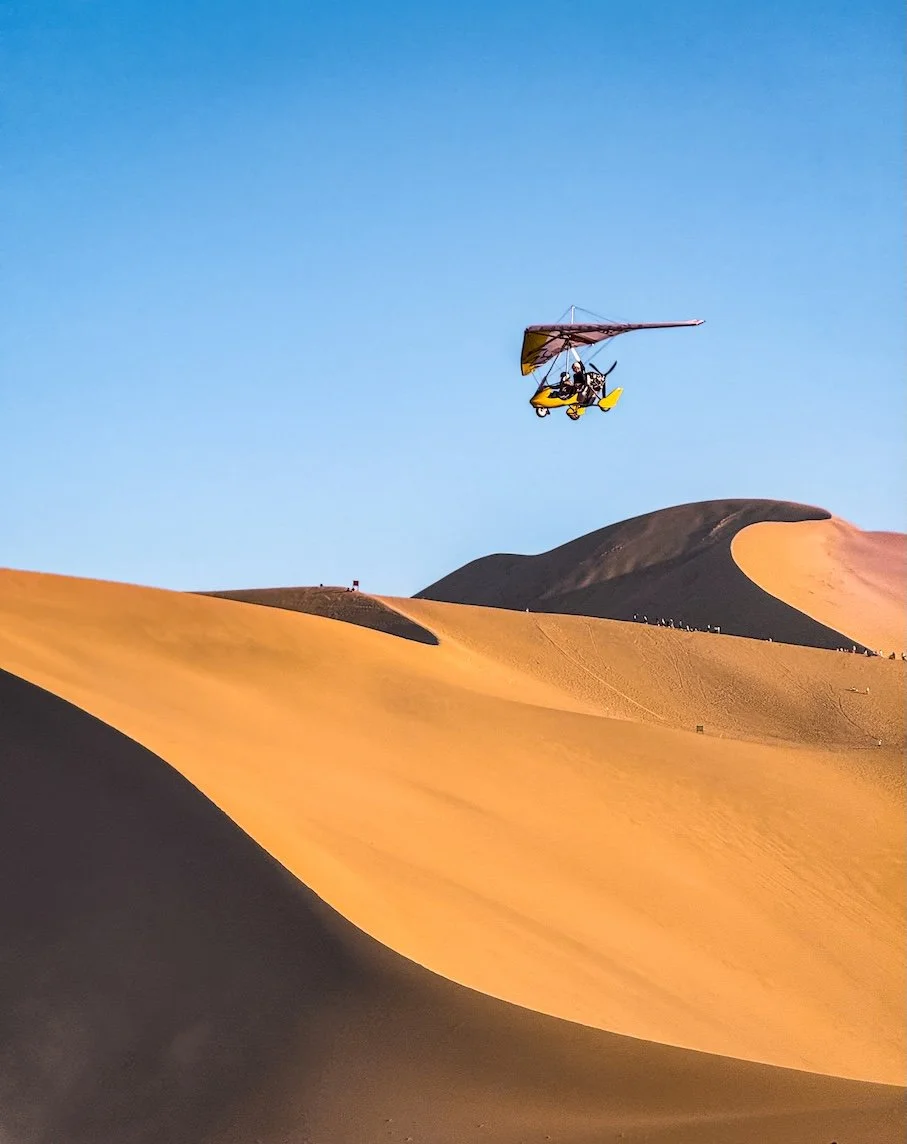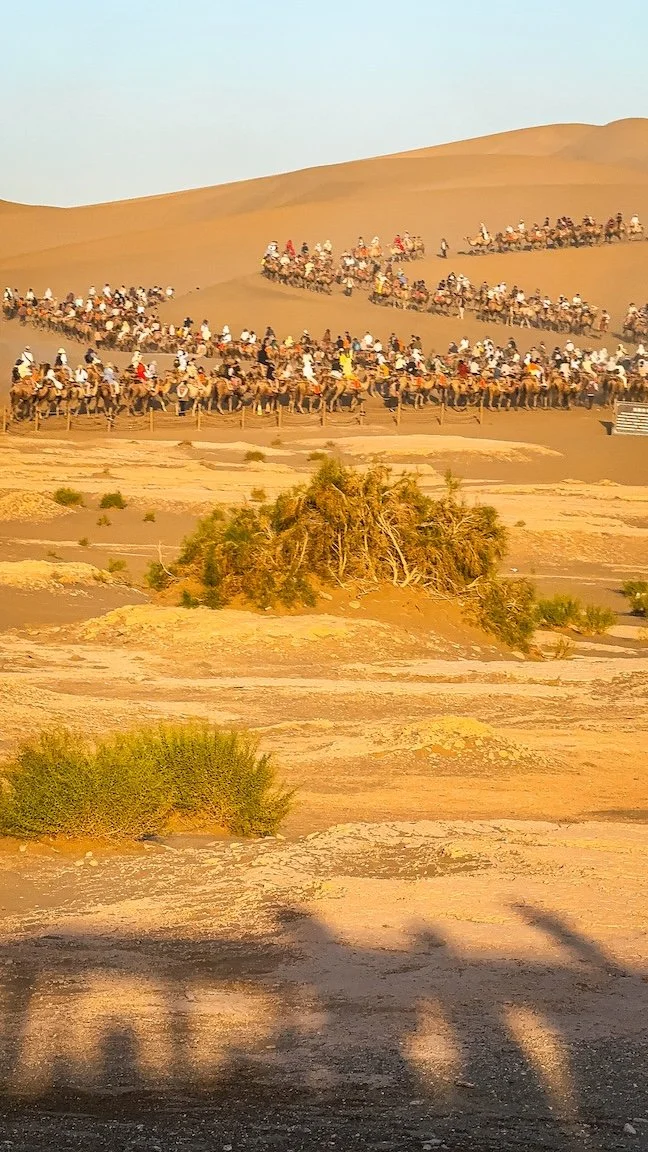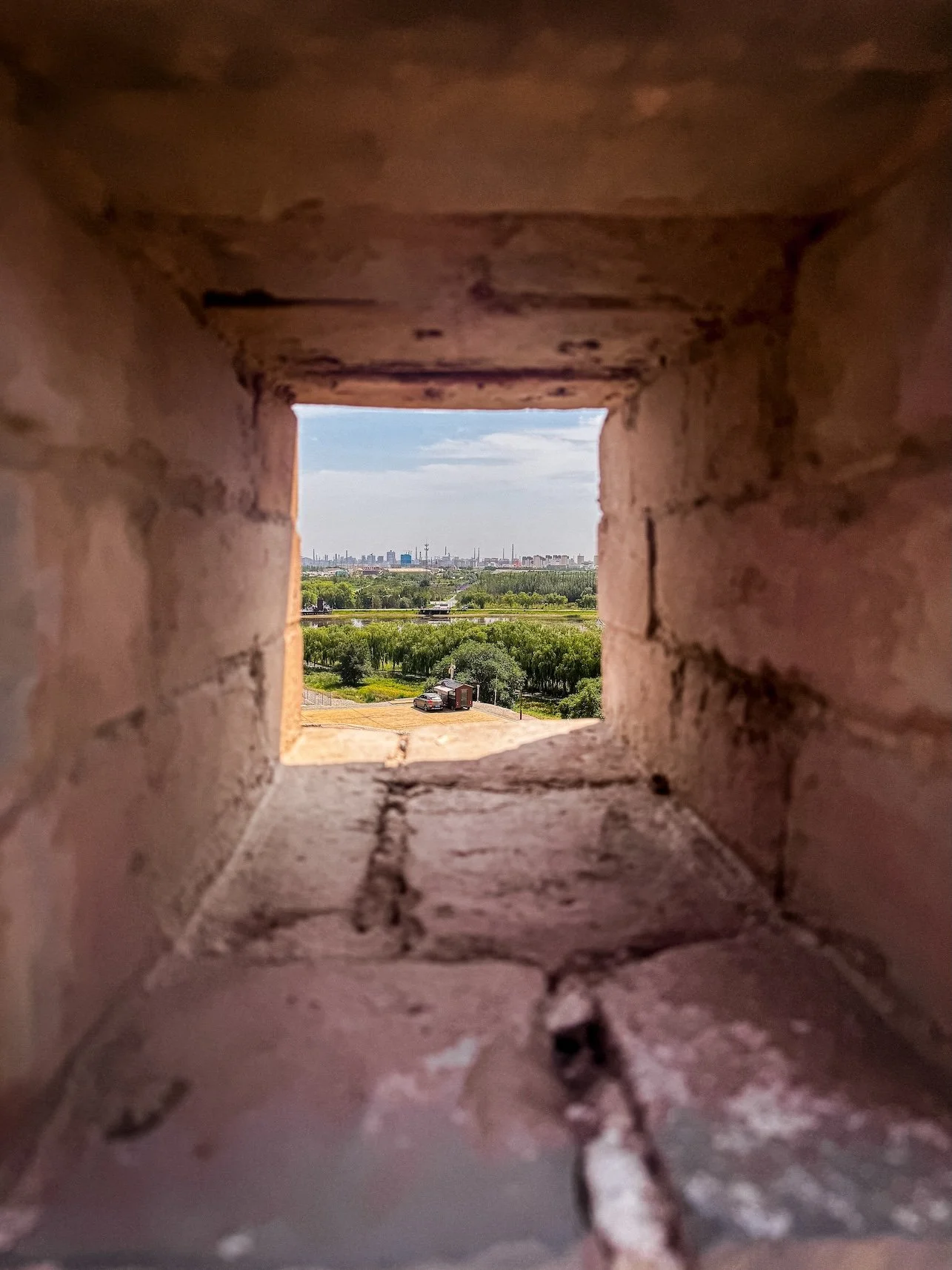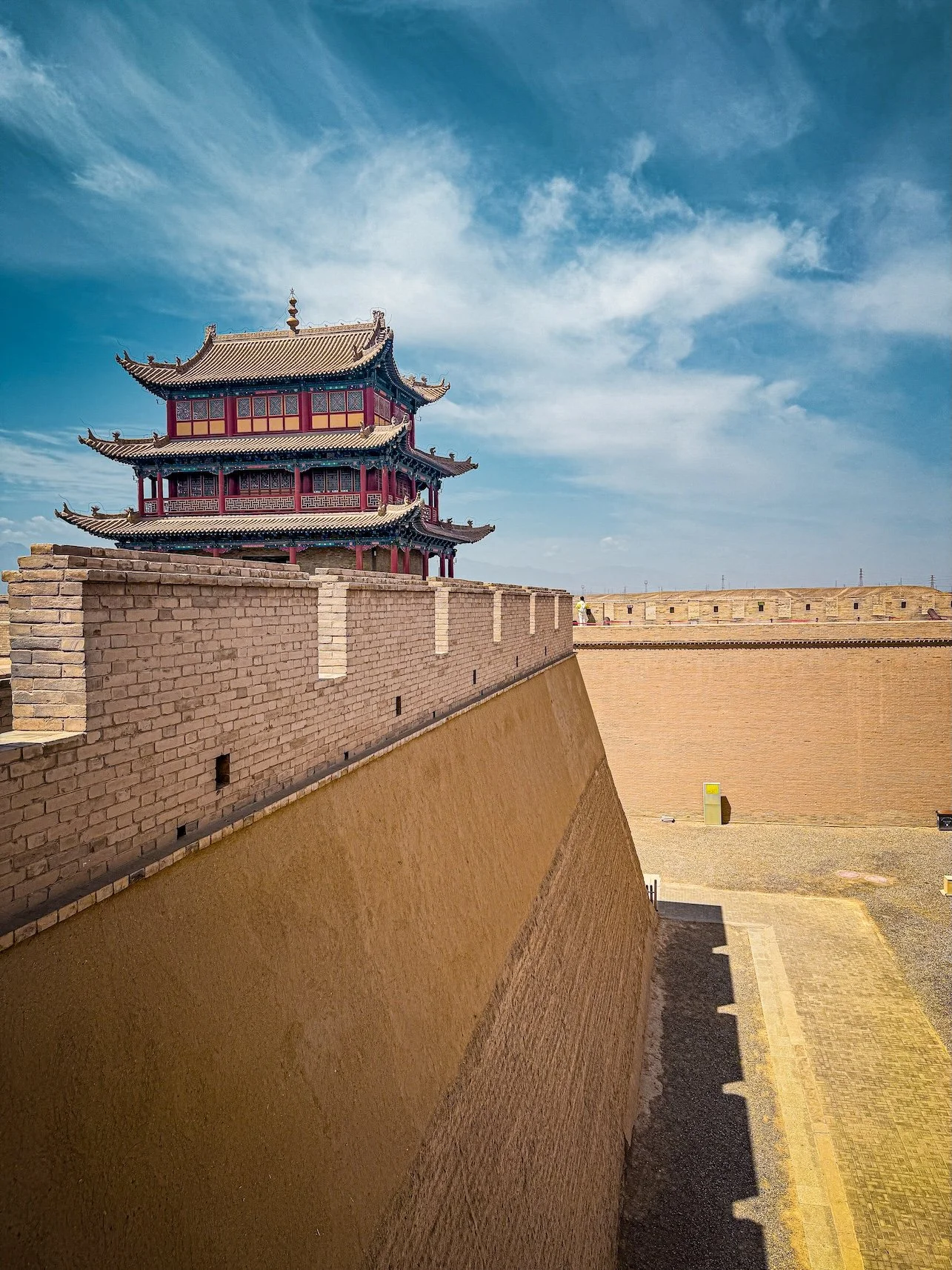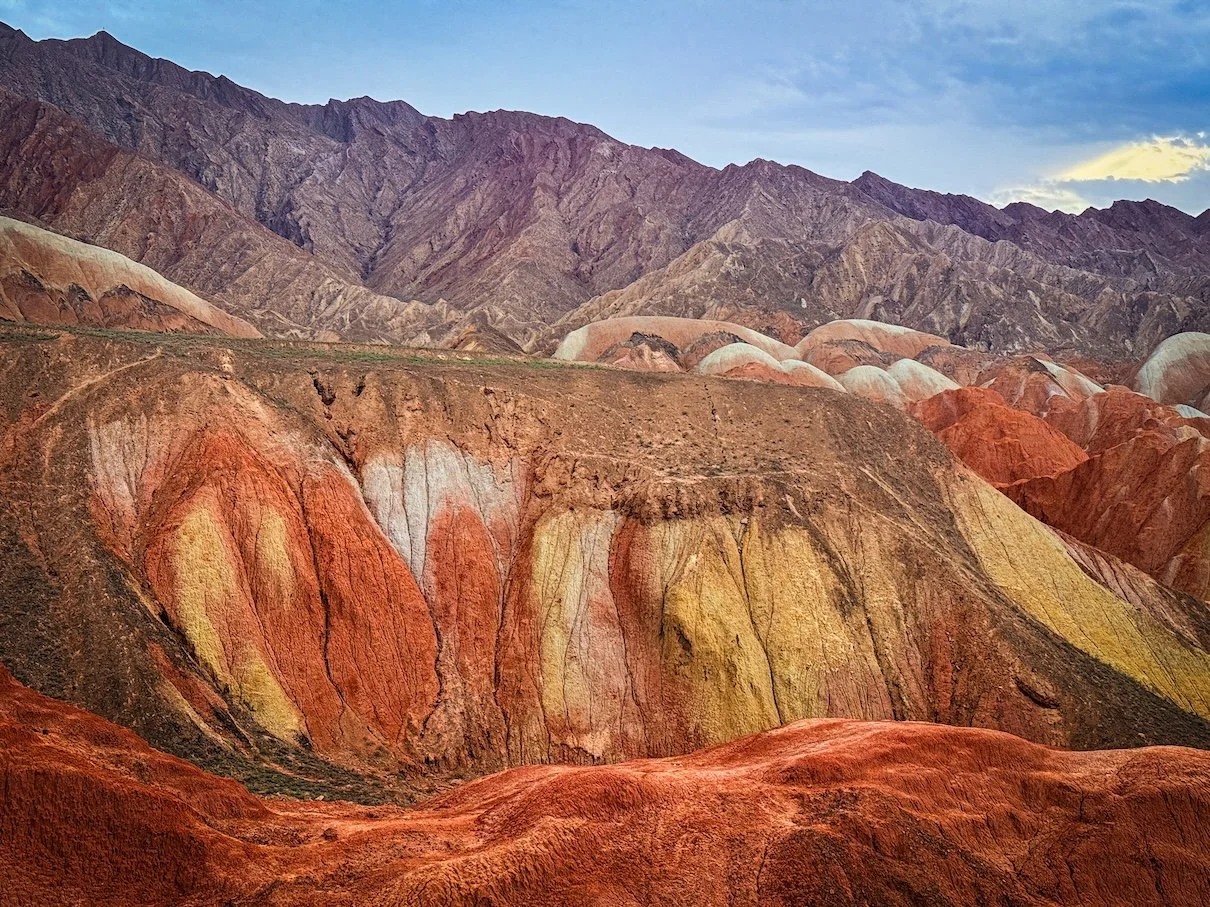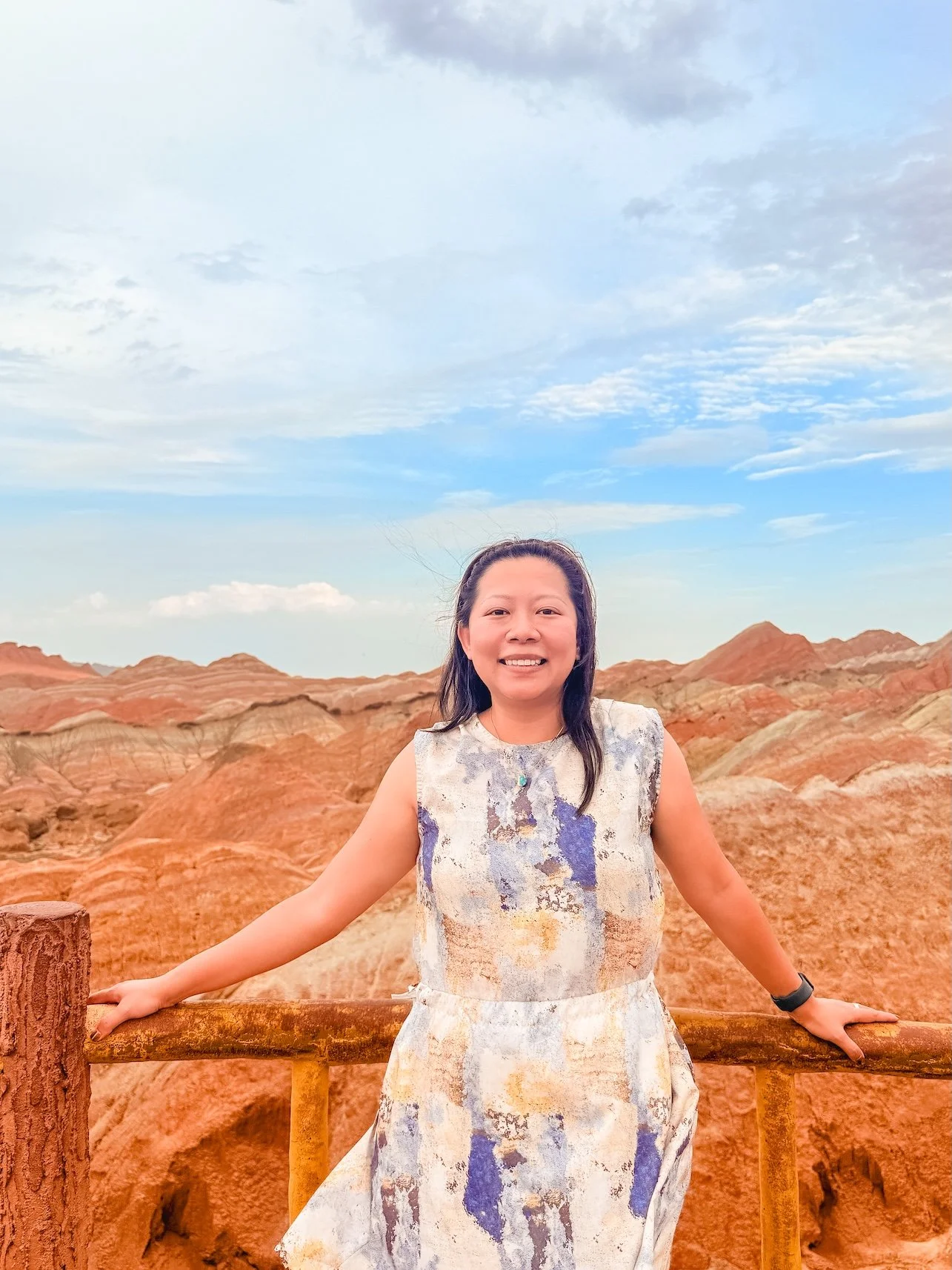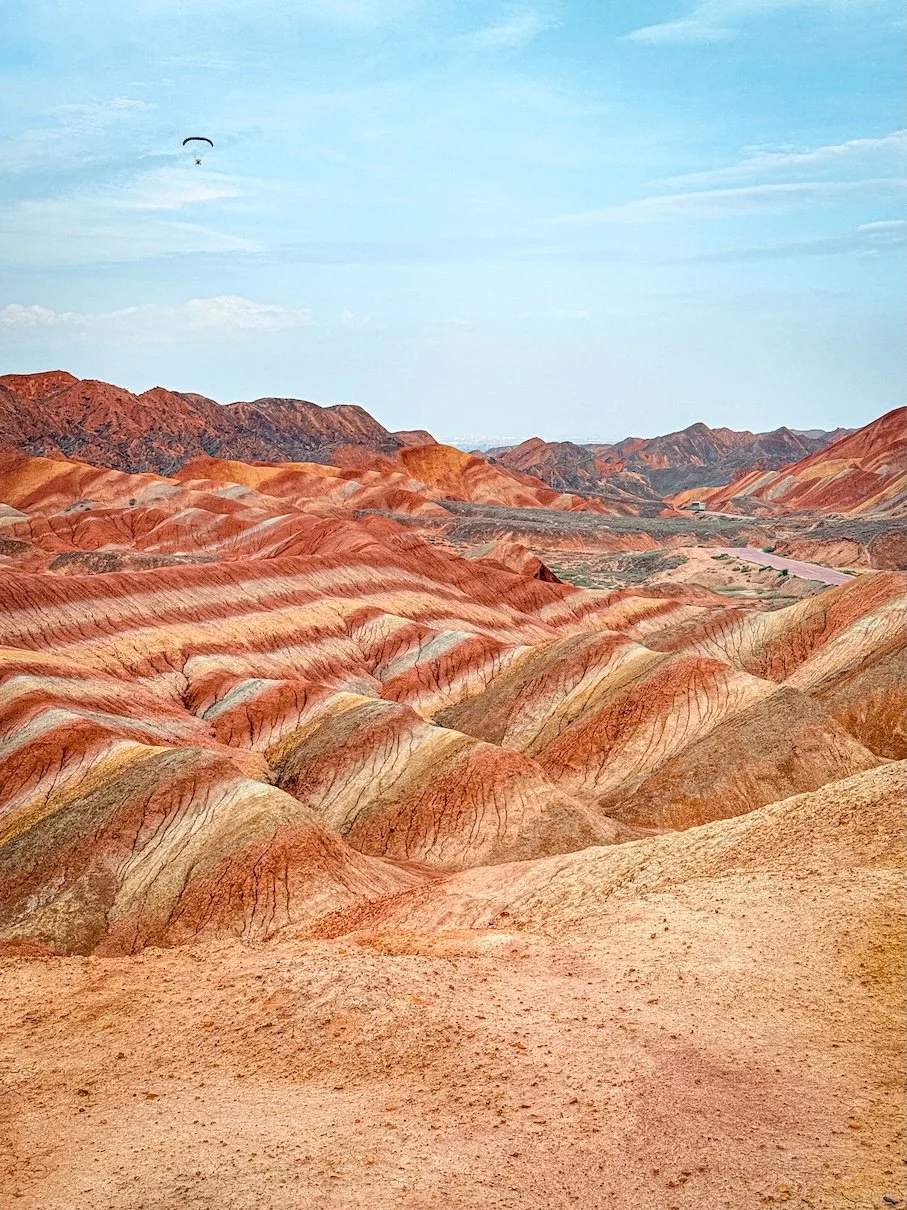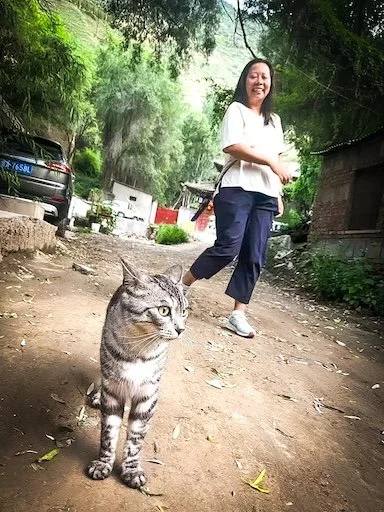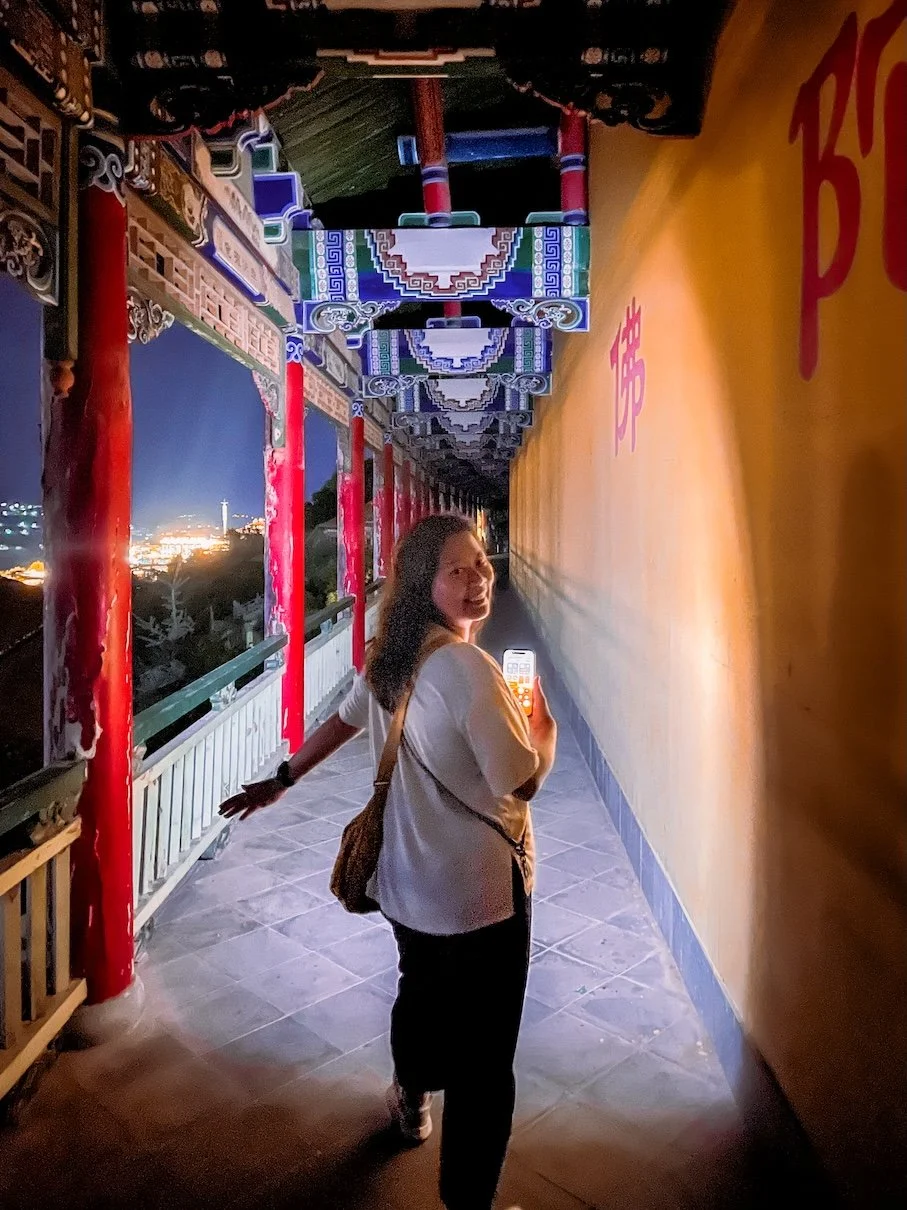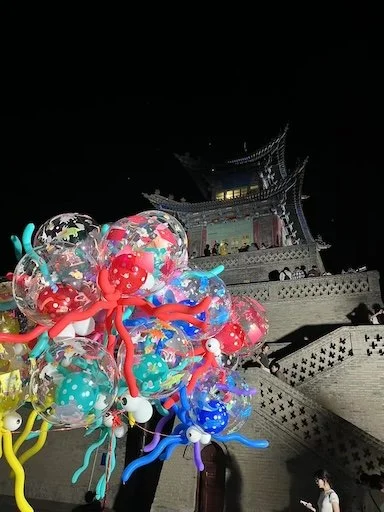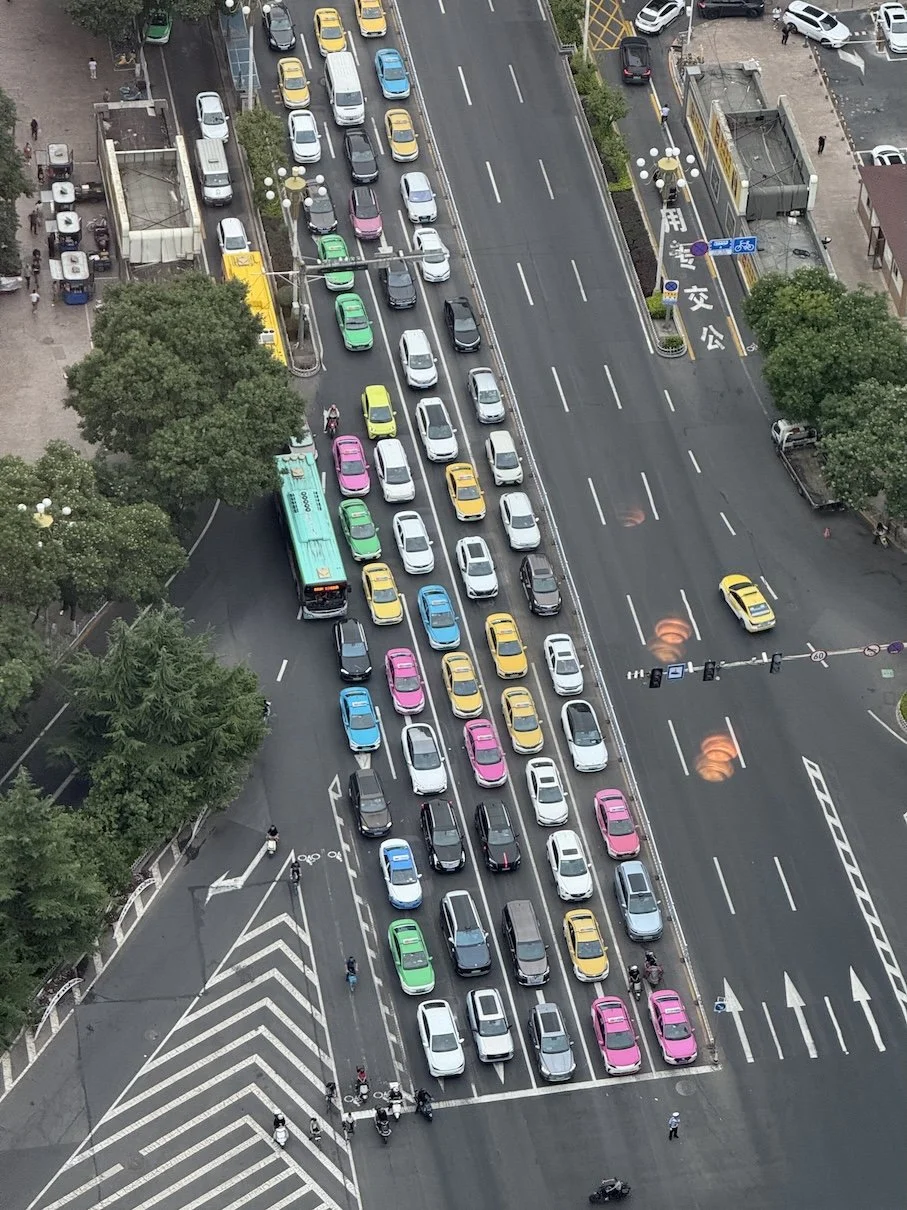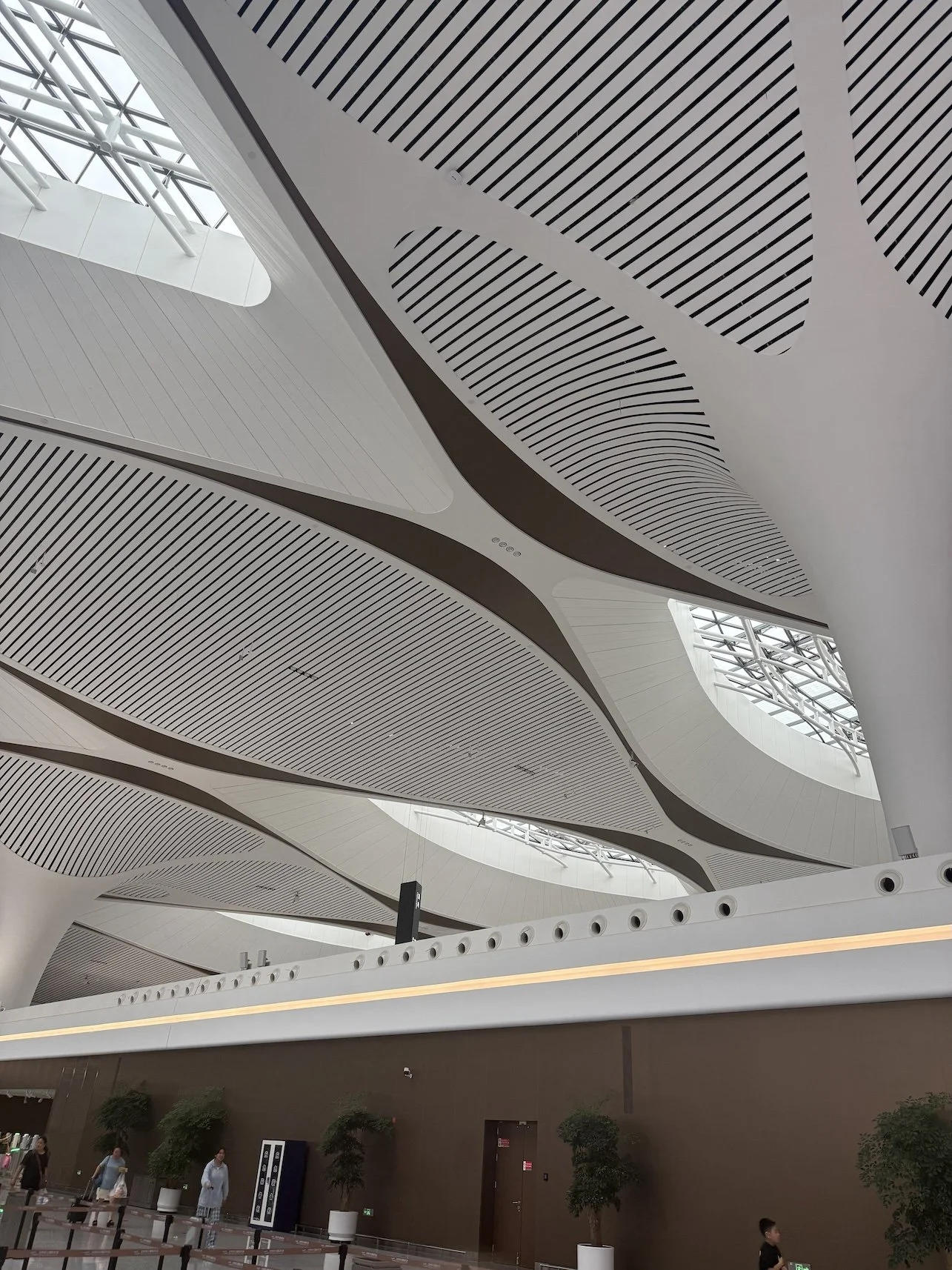The Grand Loop of Qinghai & Gansu: 3,000 Kilometers Through China’s Wild Northwest
In this blog, I would like to share my recent experience visiting northwestern China (mid-July to the end of July 2025, total of 10 days of travel).
I was inspired to make the trip by an American client who travelled to Xining from Shanghai in June. In July, I finally saw a small 10-day window with no bookings, and I felt comfortable enough to make an impulsive decision to give it a go.
I've noticed my local friends sharing their summer visits to places like the deserts and Rainbow Mountain on social media, which is quite a distance away. After living in Mainland China for more than 14 years and hearing so much about it, I finally decided to check out this part of China and cross out these 2 provinces at once.
And before I travelled there, I listened to a few negative opinions about the experience of those who have been there such as:
We had trouble with our hotels.
“The people don’t speak English, don’t understand our needs, and don’t care.”
“Toilets on this trip are very challenging”
“Enjoy the megaphones everywhere!”
Therefore, I kept my expectations pretty low, but I was ready to embrace whatever this trip would bring.
Here is a map demonstrating the Hu line (defined by a famous demographer Hu Huanyong), which is a diagonal line between Tanchung in Yunnan and Heihe in Heilongjiang, where 94% of China's population lives east of the line, whereas only 6% lives west of the line. I drew the blue loop to indicate the Qinghai-Gansu grand loop trip, which covers over 3,000 km of driving distance.
The Grand Loop trip is very popular among Chinese local travellers during June-August, for its exotic and gorgeous geographic scenery in various attractions, including several UNESCO world heritage sites such as Mogao caves, and Jiayuguan (Jiayu Pass - the western point of the Great Wall from the Ming Dynasty). Vast deserts, sapphire lakes, and stretches of road where you can drive for hours. I imagined it as China’s answer to the American Southwest, but with yak herders instead of cowboys, and monasteries instead of motels.
When I arrived the Xining airport, the first impression was not bad, the sun was definitely much stronger, and the temperature was perfect. And here is the first signage I read about the Qinghai province:
Qinghai
Qinghai Province, abbreviated as “Qing 青”, is located in northwest China.
Qinghai has been known as Xihai and Qianhai in ancient times, and has been referred to as "Qinghai" since the Tang Dynasty. Whether you are heading to Xinjiang, Xizang, Dunhuang, or Lhasa, Qinghai is a must-stop destination for those traveling to the western part of China.
Cultural and geographical resources of Qinghai are all extremely rich, and to this day, they remain a paradise for adventurers and a haven for the brave.
Why the Grand Loop is Special
If you’ve never heard of Qinghai or Gansu, you’re not alone. This is one of China’s most underrated travel regions. For centuries, it was a key corridor of the Silk Road, where cultures from Tibet, Mongolia, Central Asia, and Han China blended. Today, it’s a wonderland for anyone seeking raw natural beauty, cultural variety, and the kind of space where you can breathe deeply and feel tiny under the sky. During my entire trip, I didn't see a single foreigner, except for my Scottish friend who now lives and works in Lanzhou.
Where the Loop Begins
Xining
Most travellers start in Xining, the capital of Qinghai province. Xining and Lanzhou are only 1 hour apart by high-speed train; however, Xining is 2,227 km away from Shanghai (more than 1,380 miles), while there is a train that goes directly there in over 24 hours on a slow train. I took a 3.5-hour flight to get there.
Here is the first picture I took when I first arrived.
It did feel very different, the sun is much stronger due to the higher altitude of 2,275m (7,460 ft.) imagine 3.6 * Shanghai Towers, that high.
Most people spend a day or two in Xining city to acclimatise before setting out on the long journey (see the blue line in the map); it’s over 3,000 km (1,864 mi). I did the loop in the clockwise direction.
In Xining, the city is referred to the “Tourist Distribution Center” as it is the starting point and ending point for tourists who are doing the Grand Loop Tour.
Xining also has other interesting nicknames and slogans such as:
Xining-where the dream begins; The city of snow leopards, and The summer capital of China.
The local demographic is also very diverse, comprising of Hui, Tibetan/Monguor/Tu people, and of course, the Han ethnicity. The city features numerous Islamic mosques with beautiful architecture where prayers are held daily. The most impressive sight I saw there was the great tangka (618m long Tibetan Buddhist painting) at the Tibetan Culture Museum; it is definitely worth visiting.
Another highlight in Xining is the night market, which is quite similar to those I've seen in Taipei, Taiwan, offering a wide variety of local snacks and cuisine. Mostly Halal due to the population and local flavour, it leans more towards salty and spicy. A must-try is the local handmade yoghurt—exceedingly fresh and delicious. I enjoyed four or five during my brief stay, each costing between 3-5 RMB.
Here are some first impressions of Xining.
So before I move down to my daily experience and photos, I want to share the key takeaways of the trip first:
✨ Key Takeaways from My Qinghai-Gansu Grand Loop Road Trip
(青甘大环线)
1. 📍 What Is the Qinghai-Gansu Grand Loop?
It’s a popular overland route covering more than 3,000 km across the vast provinces of Qinghai and Gansu, often completed in 7–10 days. The route includes:
Qinghai Lake 青海湖 & Caka Salt Lake 茶卡盐湖 (mirror-like salt flats)
Delingha & Heishan (Black Mountain) 黑独山
Dunhuang 敦煌 with its Mogao Caves and desert camping 莫高窟
Jiayuguan 嘉峪关(Great Wall's western end)
Zhangye Danxia (Rainbow Mountains) 七彩丹霞
Qilian Mountains & grasslands 祁连山国家公园
And ends (or begins) in Xining, the capital of Qinghai.
This route is sometimes called the “Northwest dream route” among Chinese travelers.
2. 🧭 How Do People Travel This Route?
Most travelers, including myself, join a 拼车团 “shared vehicle group”, also jokingly called a “duckling tour”, where:
6–10 strangers share a car or van
There’s usually a driver + group leader (not a licensed guide)
It’s cheaper than private tours, but also more unpredictable. Many travellers expressed 来都来了 ' lái dōu lái le' mindset, which means 'since we are here' and what is done is done, embrace the uncertainty, opportunities and experiences when travelling on a trip like this.
🚗 If you're a confident driver and can navigate rural China, a self-drive trip could offer even more freedom.
3. 🏞 What You Can Expect to See and Feel
Otherworldly Landscapes: salt lakes, deserts, rainbow-colored mountains, endless grasslands, and ancient Buddhist grottoes
Altitude: Many places are above 2,500m—altitude sickness is real, so give yourself time to rest
Desert Nights: Huge temperature drops—from 38°C at midnight to 13°C an hour later
Stunning Sunsets and Starry Nights: Especially over sand dunes and remote grasslands
4. 🧳 Essentials to Pack and Know
Sunscreen, sunglasses, and a hat (the sun is strong even when it’s cool, think you are 2.5km closer to the sun)
Lots of body moisturisers and chapsticks, daily hydro moisturising masks
Layered clothing for dramatic temperature shifts
Power banks (long drives with limited charging)
Snacks and meds (especially altitude and digestion-related)
Cashless payments (Alipay/WeChat Pay) work almost everywhere. I had to pay 2 RMB by scanning a QR code to use a private toilet that only has a hole opening in it, with piles of… underneath the opening.
Be ready for non-luxury accommodations and unpredictable food quality. Resources are scarce.
5. ⚠️ Challenges to Be Aware Of
Logistics can be messy: Road Traffic is more sophisticated, checkpoints with passports/ID when crossing regions, congestion and traffic accidents.
No licensed guides: You’ll need to do some reading beforehand to understand what you're seeing
Lack of transparency from tour agencies: Many operators post the same photos but differ drastically in service quality
Diet options are limited if you're a vegetarian or have dietary restrictions. During my travel there, I realised Mixue and Dicos have become my friendly choices.
Non-Mainland ID? Be prepared to queue manually for tickets at many attractions and checkpoints.
6. 🎯 Best Part of the Trip?
For me:
The Caka Salt Lake
The sunset at Crescent Lake
Mogao Caves in Dunhuang
Rainbow mountains
And the local hike in Lanzhou with a friend — the only time I felt truly immersed rather than dropped off at a tourist site.
7. 💡 Who Is This Trip For?
Curious travellers who enjoy raw experiences and don’t need luxury
Adventurers eager to explore less-travelled corners of China
People comfortable with uncertainty, long drives, and imperfect logistics
Solo travellers: doable, but expect to pay more (single room supplement) and have to be flexible.
Here is my daily journal with my detailed day-by-day experience
After a full day of acclimatisation in Xining, early on the following morning, I embarked on the journey of the grand loop together with seven other local tourists, all females —three from Chaozhou (travelling from the farthest), two from Guiyang, and two from Xi’an. We are going to share the same vehicle for the next seven days. All of us signed up for the tour through various agencies and channels, and we are staying in different hotels at each stop.
On our first day, we travelled to see Qinghai Lake, which is the largest saltwater lake in China. From there, we went to Caka Salt Lake Scenic Area, also known as China’s Mirror of the Sky, where most visitors enjoy taking pictures with the gigantic salt sculpture and the reflective salt flat with the blue sky. There is a mini train that transports visitors from one stop to another. Truly beautiful, and my ticket even included a bag of salt from there (300g). The salt culture played an essential role in the history of civilisation in the area. When all passengers returned to the car, it was already 4:30pm, and we took another 2+ hour ride to our hotel for a good rest.
Note: there is one daily slow train from Xining to Caka Y969, it’s 4.5 hours each way. Perfect for slow travellers, this scenic train ride offers a unique experience.
On our second day, we embarked on a long drive via the infamous National Highway 315 (G315) to Wusute Yadan Geological Park, situated at Dongtai Ji Nai’er Lake. At this site, tourists can opt for various adventures, including a jeep ride through the water bodies, desert, and Yadan.
In West China, a yadan (or yardang) refers to a specific type of geological formation, a wind-sculpted landform found in arid regions. Specifically, it describes a ridge or mound of earth, typically found in deserts, that has been eroded by wind and sand into unique and often bizarre shapes. These formations are often referred to as "ghost cities" or "demon cities" due to their appearance.
I chose to ride a camel, which was pretty fun! At the end, we travelled and had a night's rest at Dachaidan in Haixi.
On our third day, we travelled from Dachadan (also referred to as Delhi in Mongolian) to Heidu Mountain (黑独山), where the mountain has a black coating on it. Once again, the views were breathtaking. However, this site requires a 25-minute bus ride from the entrance to reach the actual sightseeing area. Many drone photographs were being taken, and a minor hike is necessary to see the view. After that, it was a long drive from the site to Dunhuang. On this night, I opted in for a unique desert experience where I get to stay in a tent for a night, had a little rave party during dinner with travellers from all around China, driven to the no-man zone by sand motor cart to do some star gazing and saw the Milky Way.
On Day 4, we reached our highlight of visiting Dunhuang’s most famous Mogao Caves. Tickets are very difficult to book. I obtained the “emergency” tickets, which grant me access to 4 different caves up close; however, photography is not permitted inside the caves of the Mogao Caves. There are 735 existing caves, and I admire the Dunhuang Academy, which studies and protects this historical heritage. It took me 4 full hours to see everything I wanted to see, including a museum which had cloned caves (that one you can take pictures in). After that, we checked into the hotel for a short break and then headed up to another highlight of the trip, the singing sand mountain and Crescent Lake. The landscape was stunning, especially the sand dunes, which were bathed in a sunset at 9:30pm. I took the free shuttle to the night market and bought a lot of treasures, including 2 turquoise necklaces , one turquoise ring and a beautiful wool scarf. By the time I finished the camel meat BBQ, it was already midnight. This hotel was also my favourite throughout the trip.
On Day 5, we departed the hotel very early from 6am as we had to cover 700km driving distance today. First stop we saw the Tiandizizhi sculpture and then we headed to Jiayu pass, very interesting site for a short visit (1.5h) and then finally at about 5pm. We finally arrived at the majestic rainbow mountain of China, named “Qicai Danxia 七彩丹霞”, which was truly satisfying.
On Day 6, our final day, we headed back to Xining. On the way, we travelled through the Qilianshan Geological Park, where we could see the snow mountain range from afar, a grassland full of herds of all kinds, with a view of rapeseed fields. Just before noon, I was already been sent back to Xining Train station where I had a train booked to travel to Lanzhou city in Gansu province.
Decompression
After the completion 7-day/6-night of the grand-loop tour, I arranged myself a nice overnight stay in Lanzhou. To anyone going to visit Lanzhou I highly recommend staying at this ATOUR hotel, the service is unmatched and it’s located in the tallest building of Lanzhou, my room was on the 50th Floor. I had a beautiful stay and met up with an old friend who is currently on work trip in Lanzhou, she took me on an amazing hike with 600 m elevation gain, to see the best night view of the Lanzhou city. This was the most physically demanding thing I have ever done throughout the trip but the view and experience was worth it. I just wanted to point out that having someone who lives there locally taking you to places you don’t imagine, is far better than choosing a random commerical travel agency just drop you at the attraction point, the company was priceless. After the hike we went to a nearby night market by my hotel and had a feast!
As my flight the next day isn’t until 7pm, the best way to end the trip is to have a 4-hour massage in a private room where I can airplay some TV series through a projector, and food/drink included. What a wonderful day in Lanzhou. I look forward to returning to Lanzhou!
🙋🏻♀️ Final Thoughts
This route was physically challenging, weather can be extreme, with big temperature differences, strong sun or blasting thunderstorms/hail. However, it is truly visually and culturally rewarding. The experience reminded me that China still has wild places, ancient stories, and wide-open roads to discover.
🧳 Would I Do It Again?
Absolutely! — but next time, I’d consider a private or self-drive tour with friends or clients. I’d avoid the generic “拼车团” format unless you’re okay with a no-frills experience.
If you’re thinking about exploring the Qinghai-Gansu Grand Loop, feel free to reach out to me. I’d love to help or share more details from my journey!

